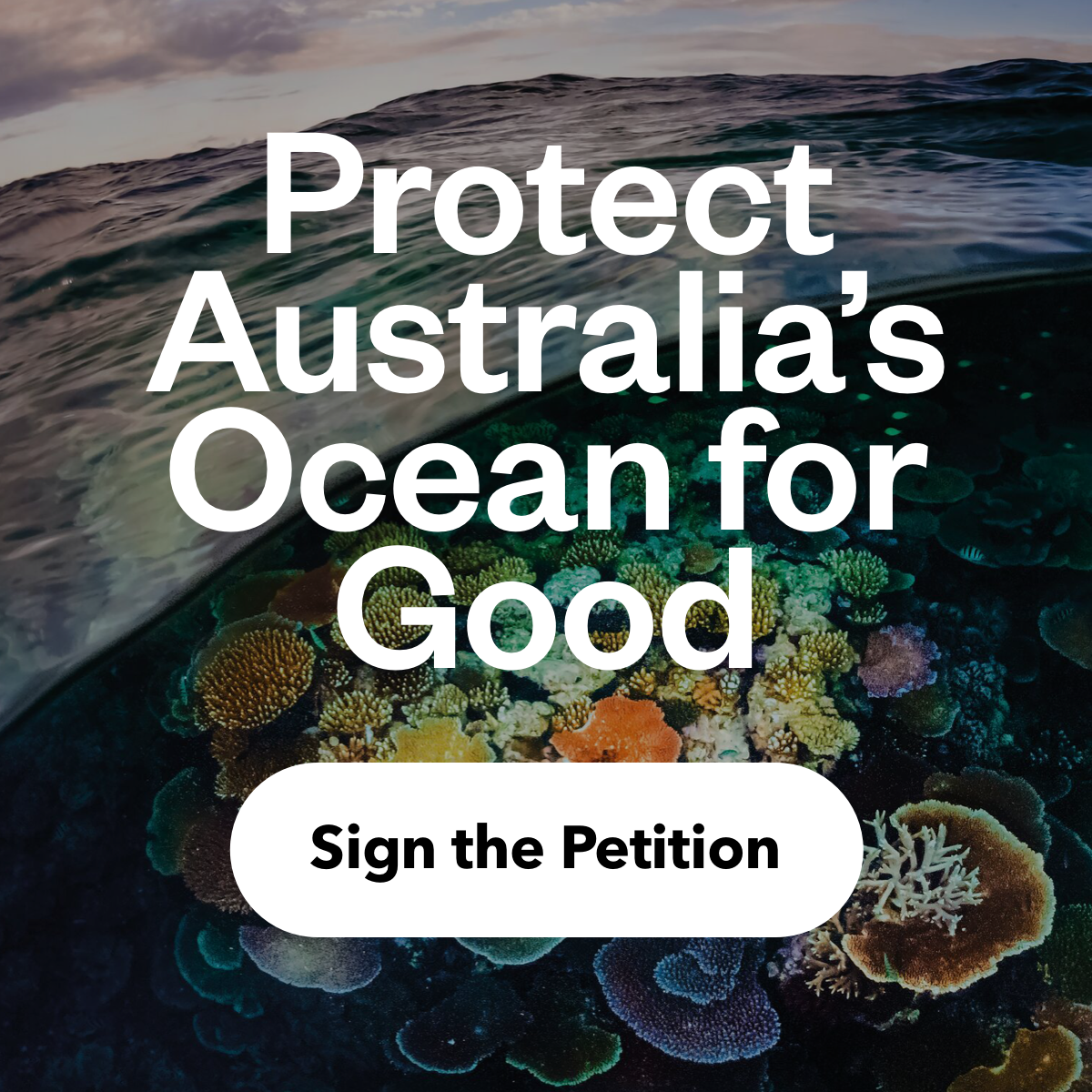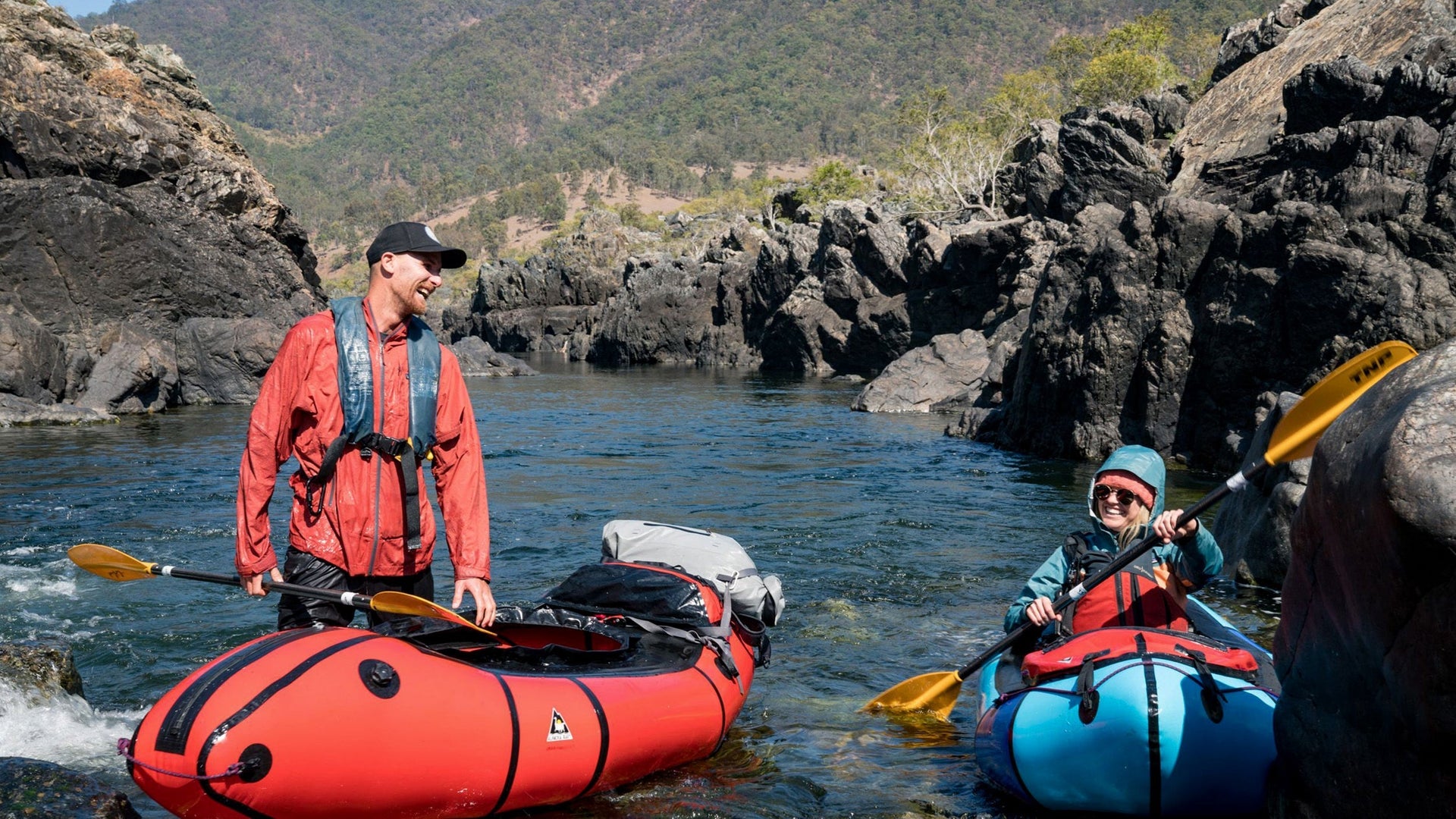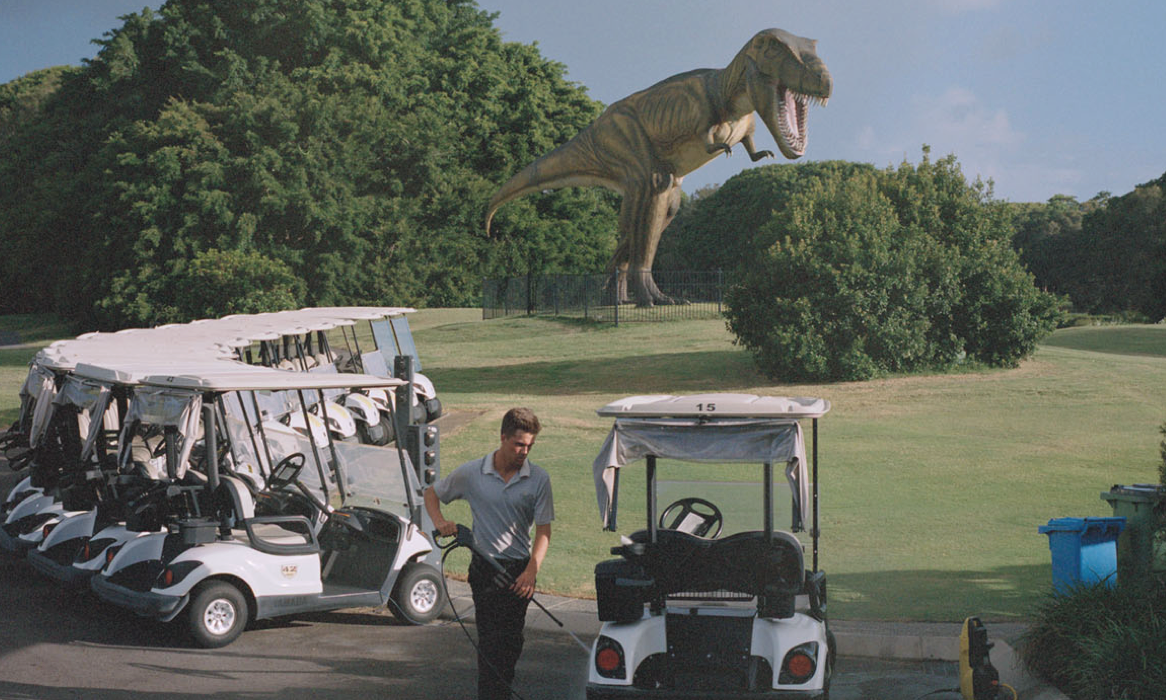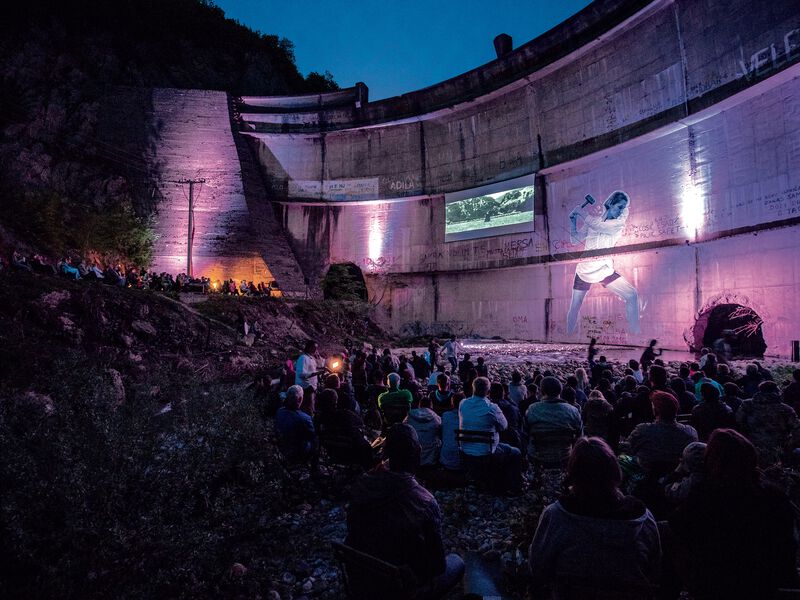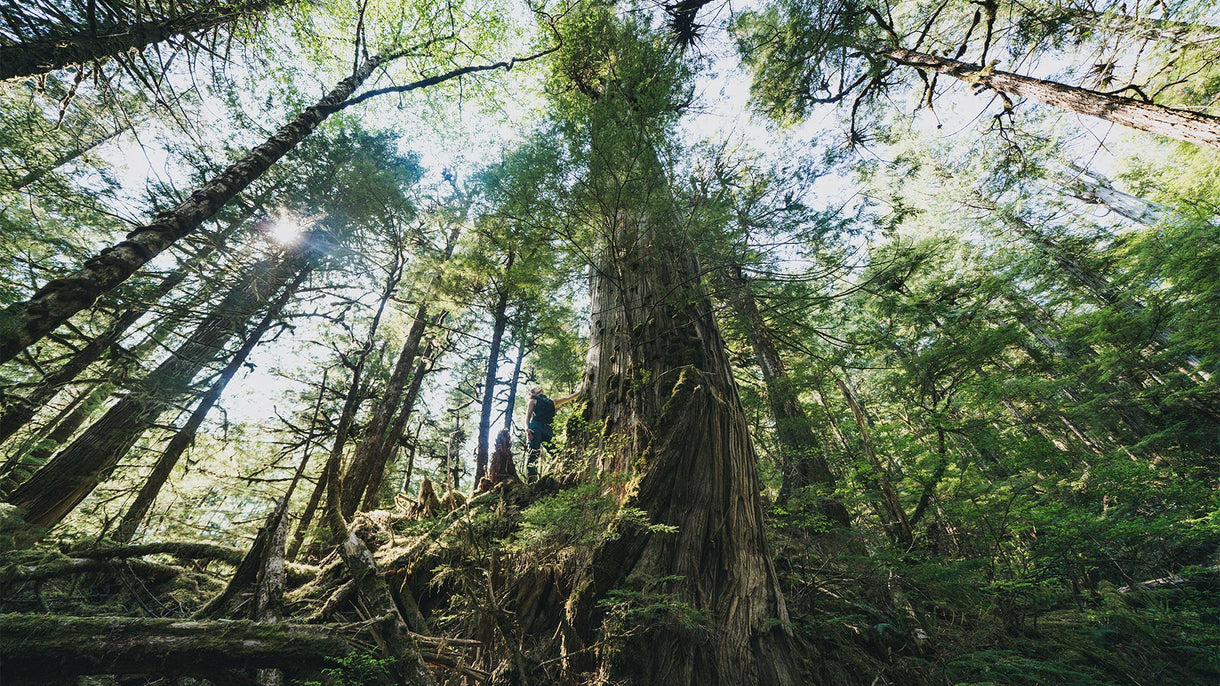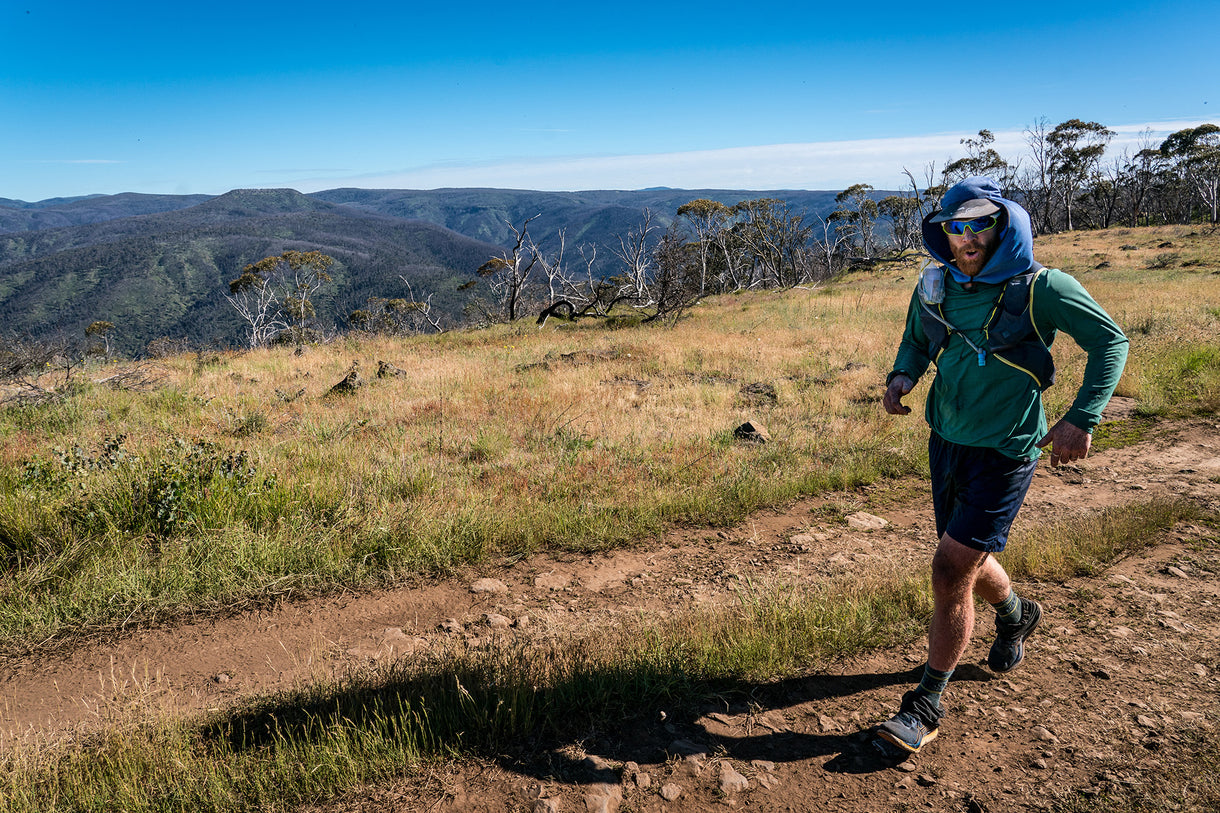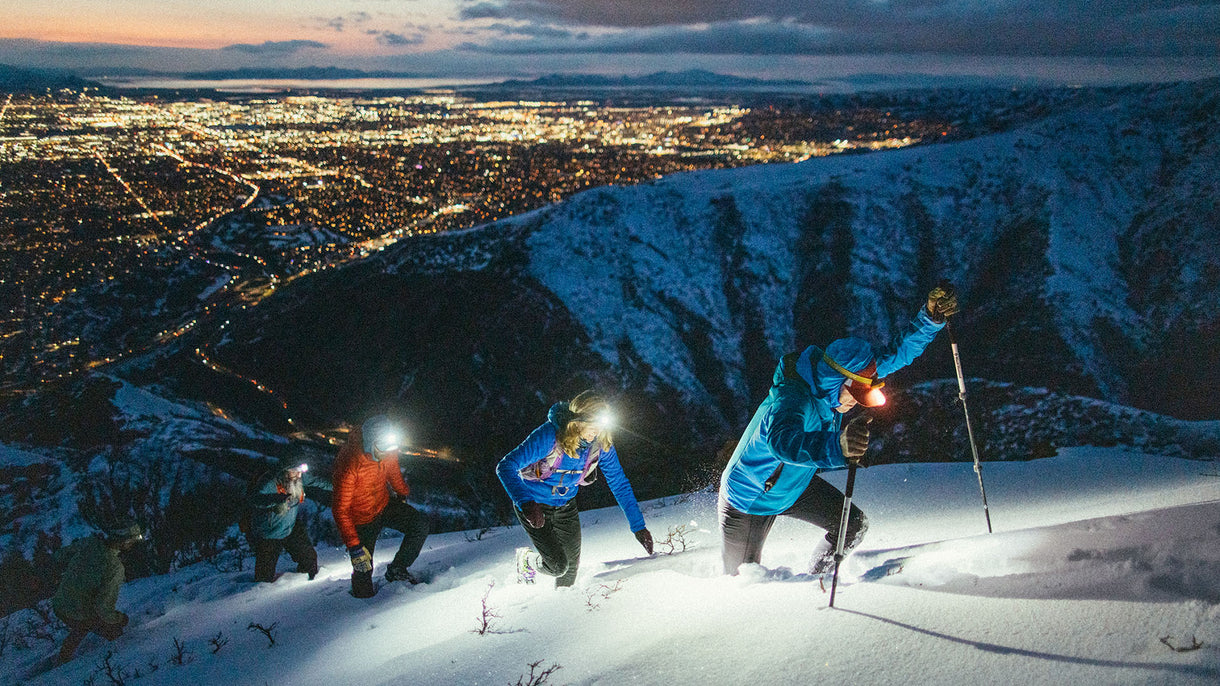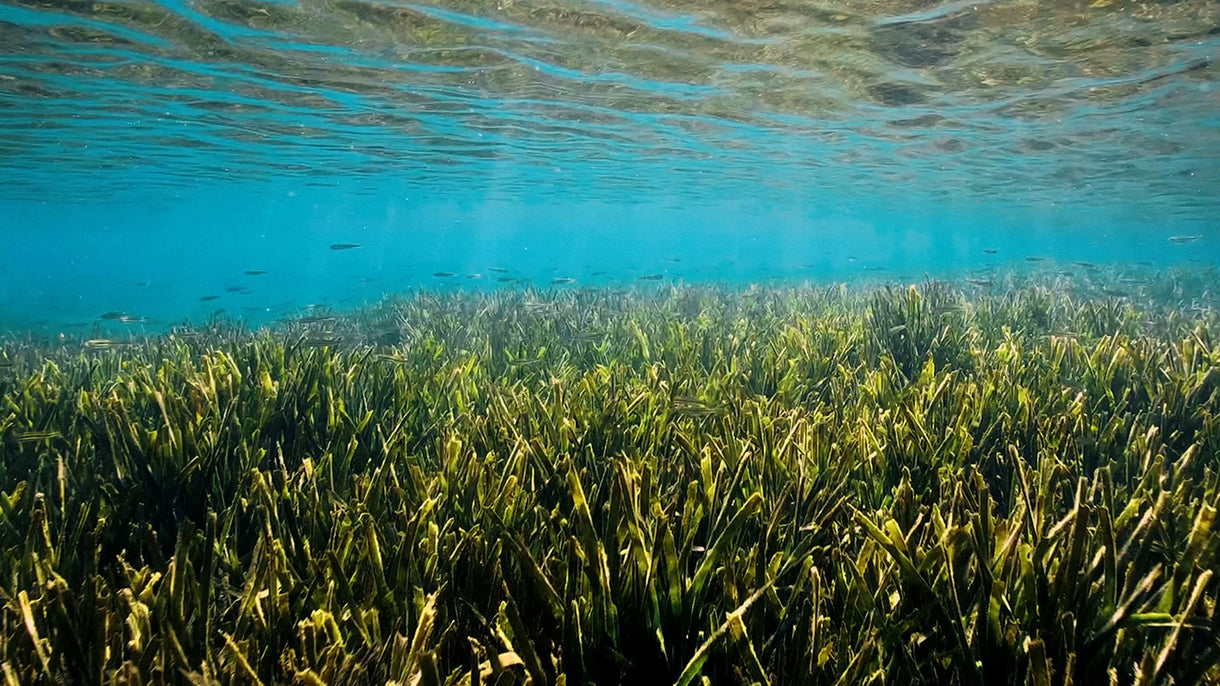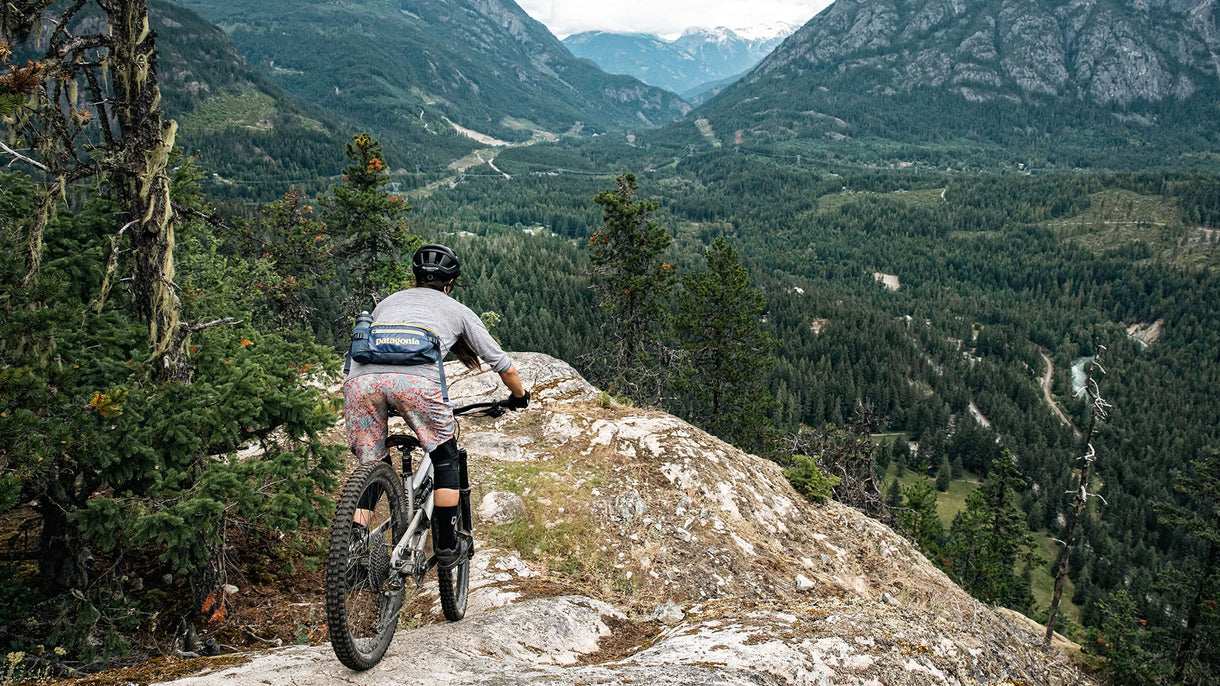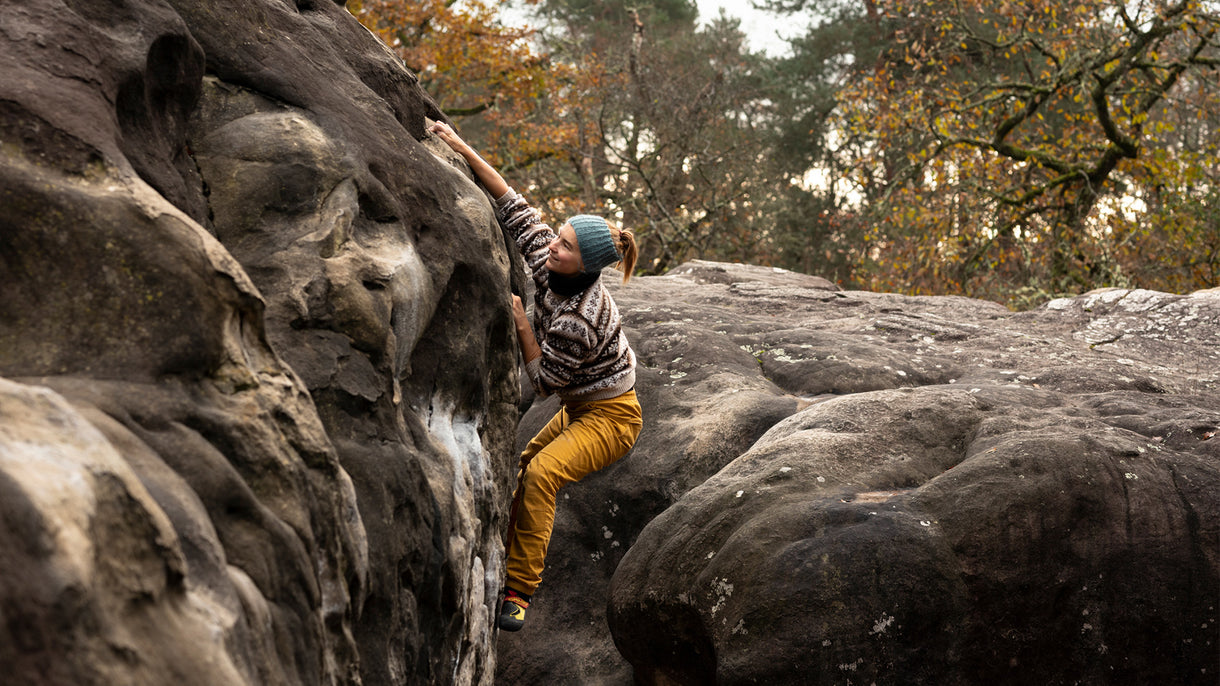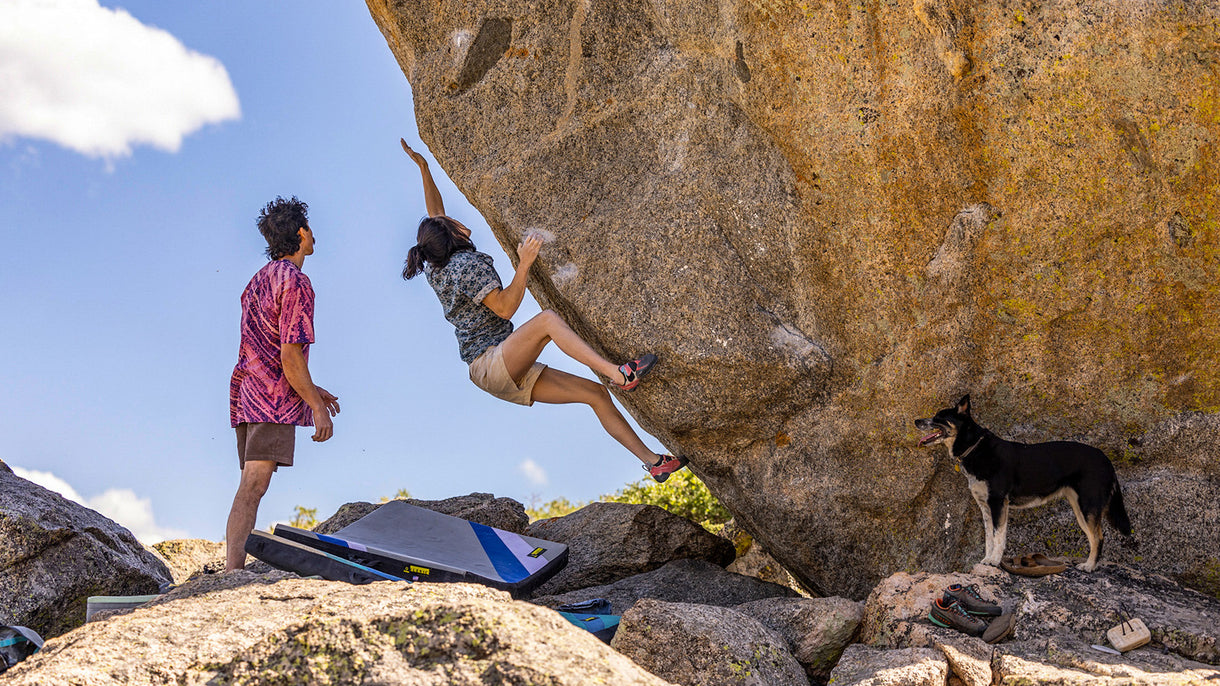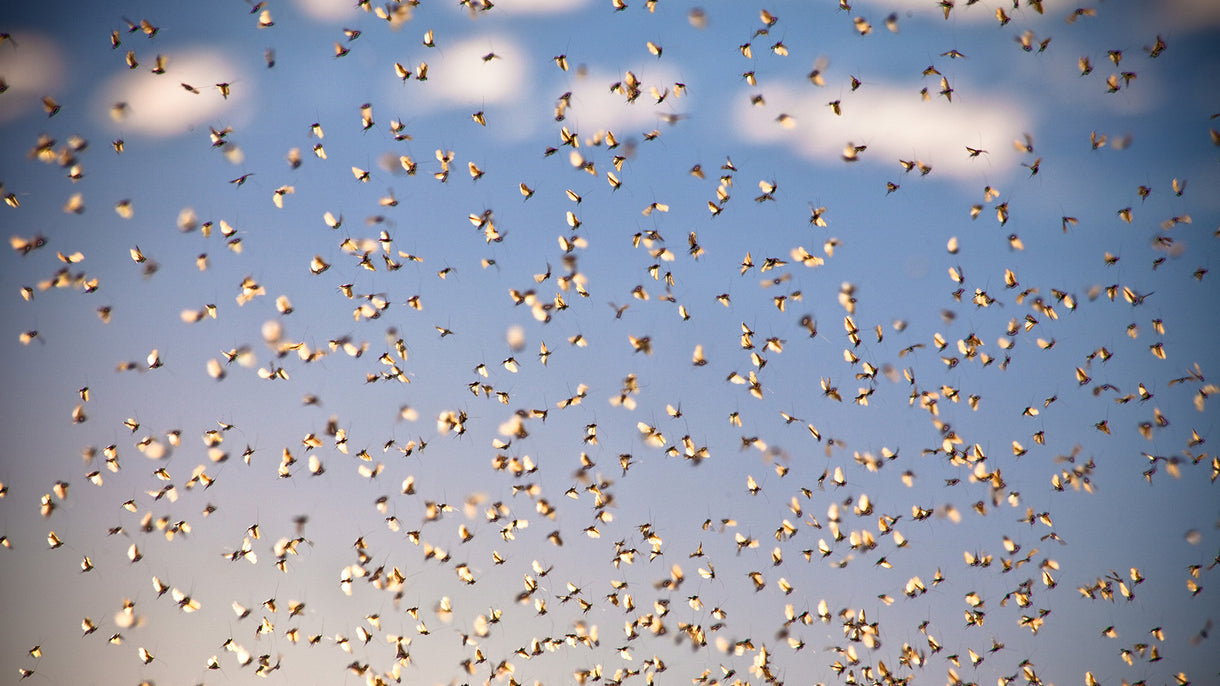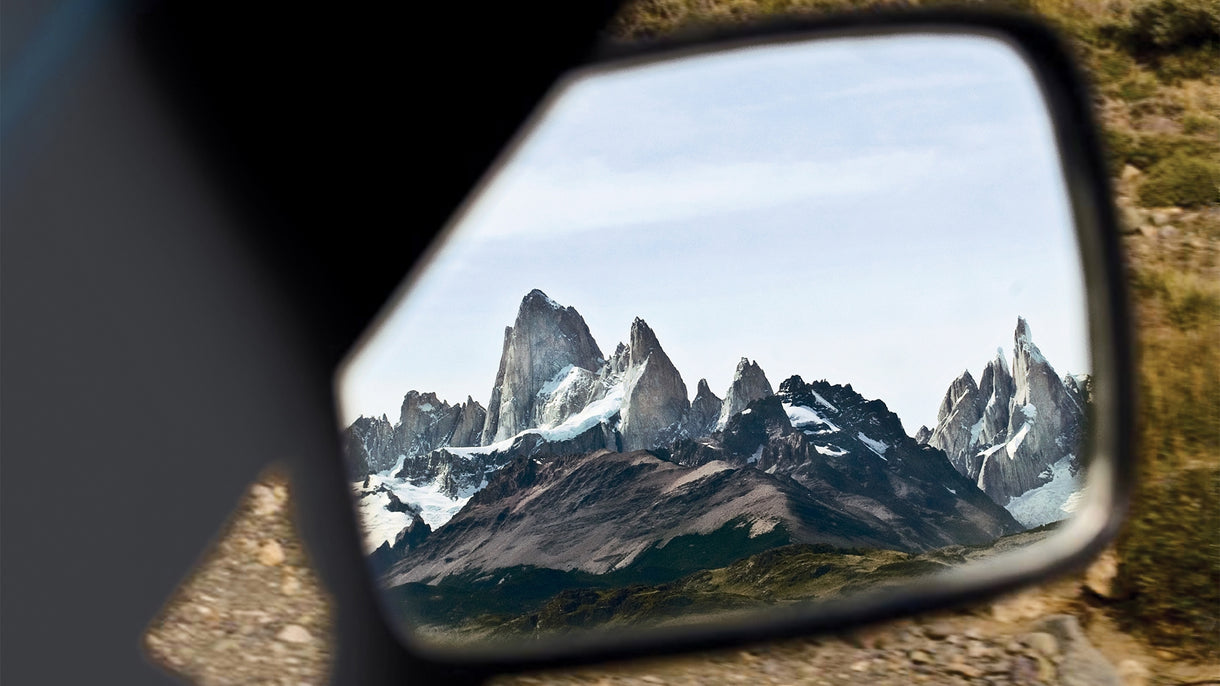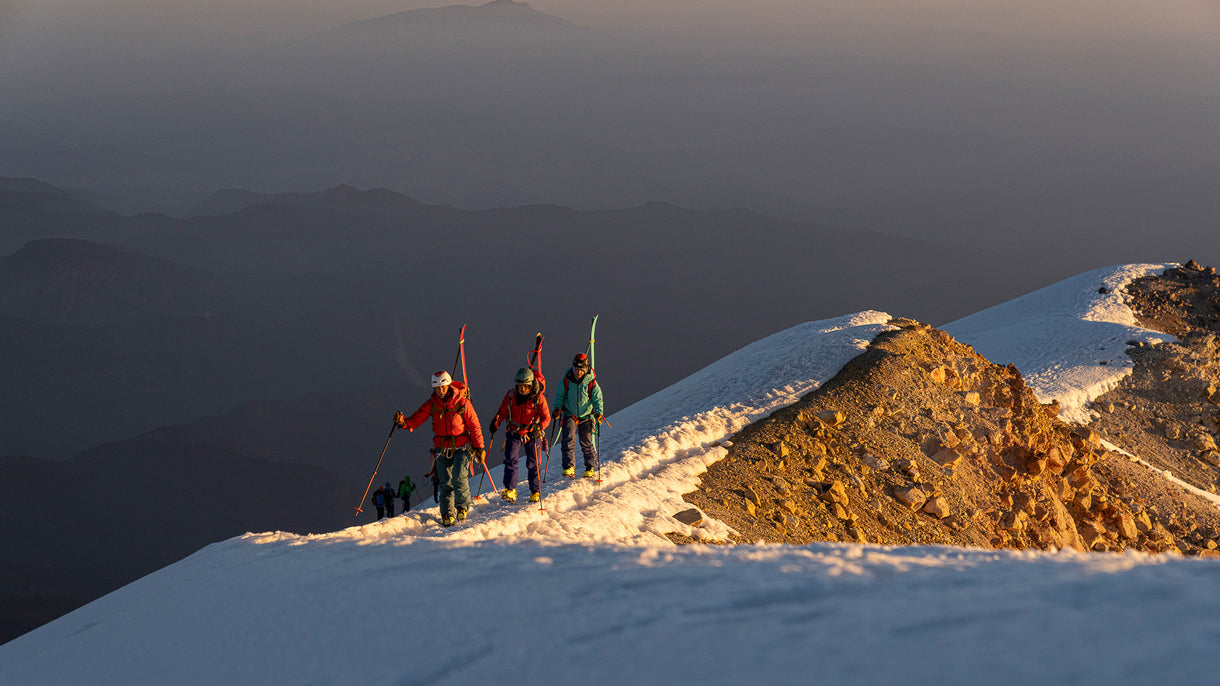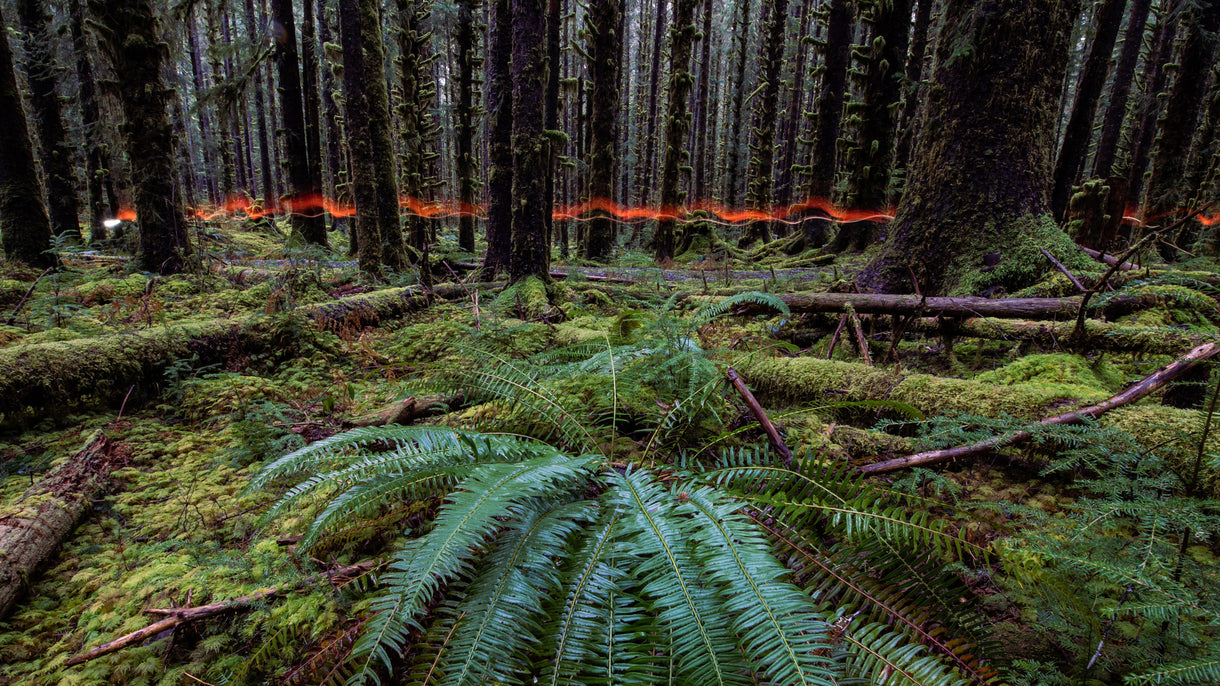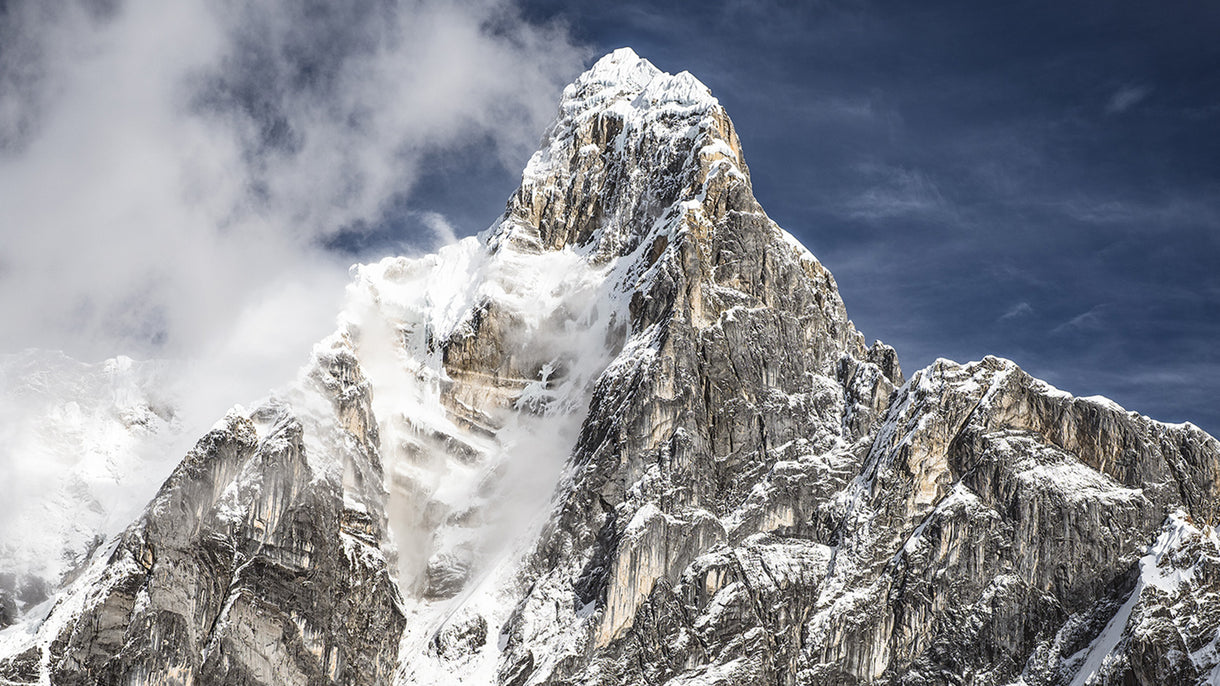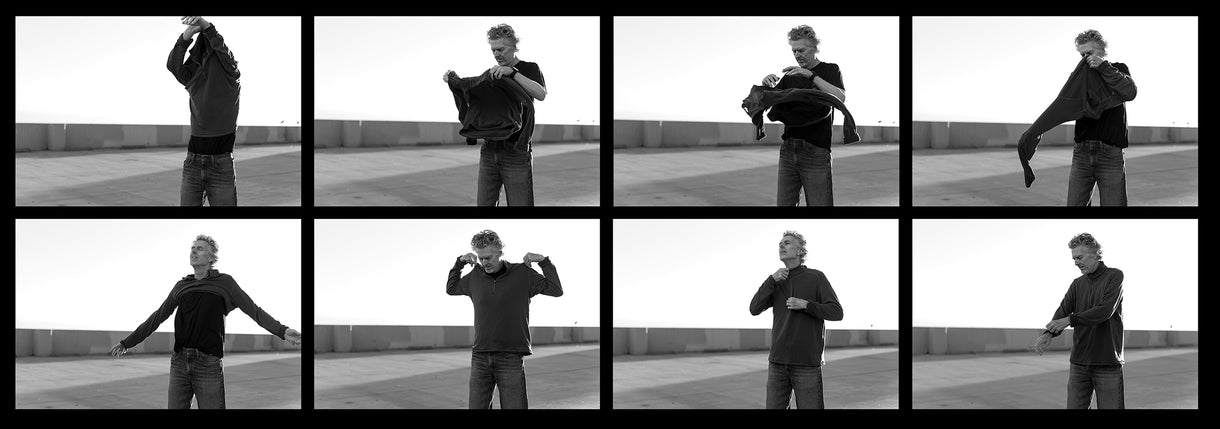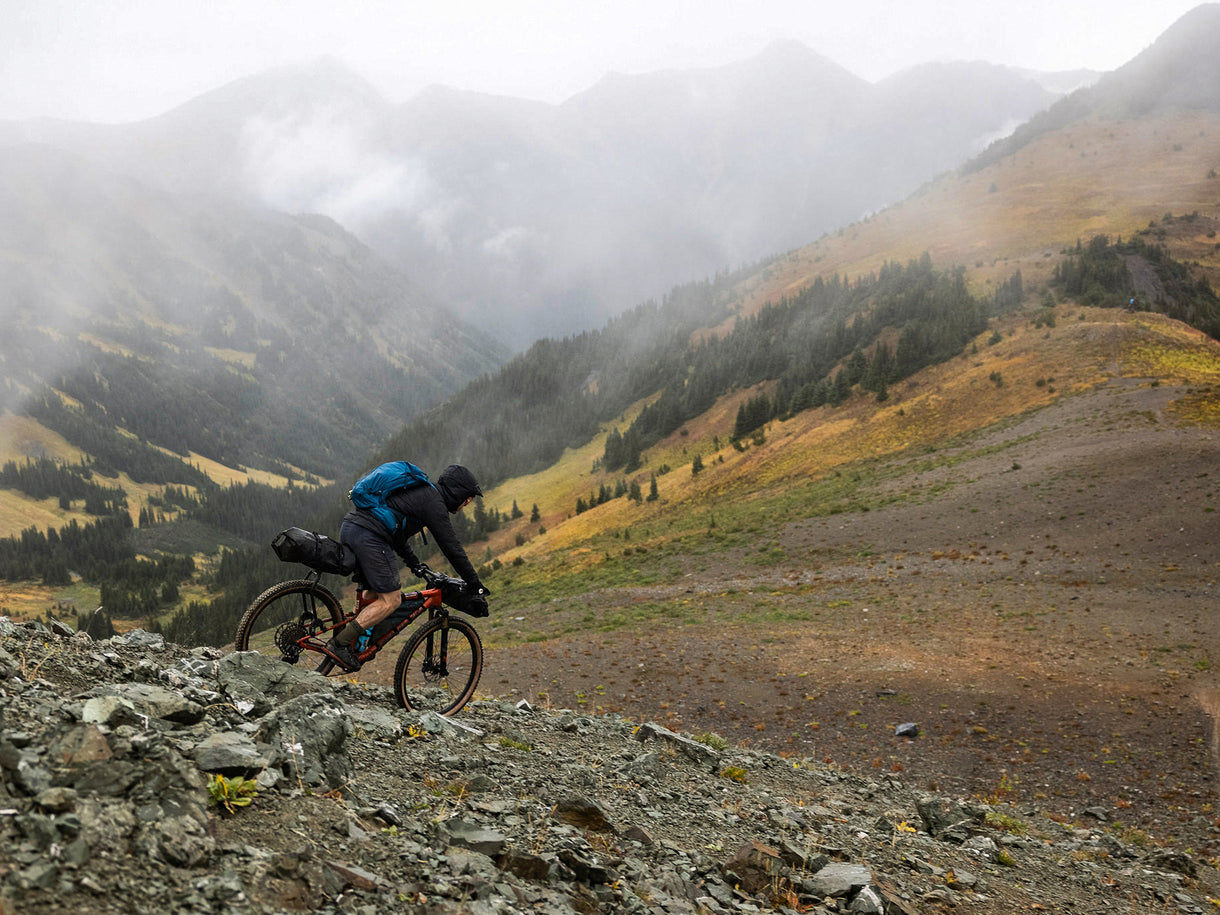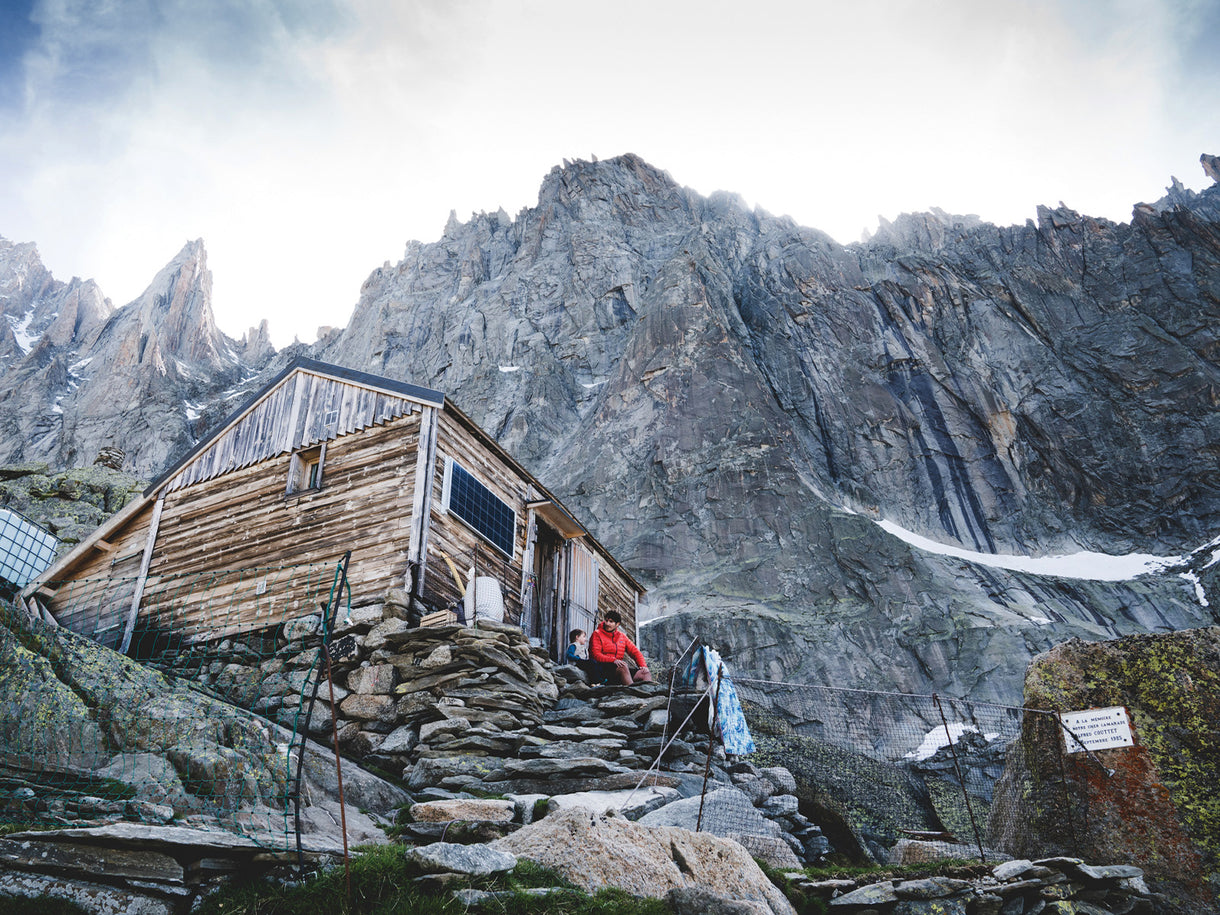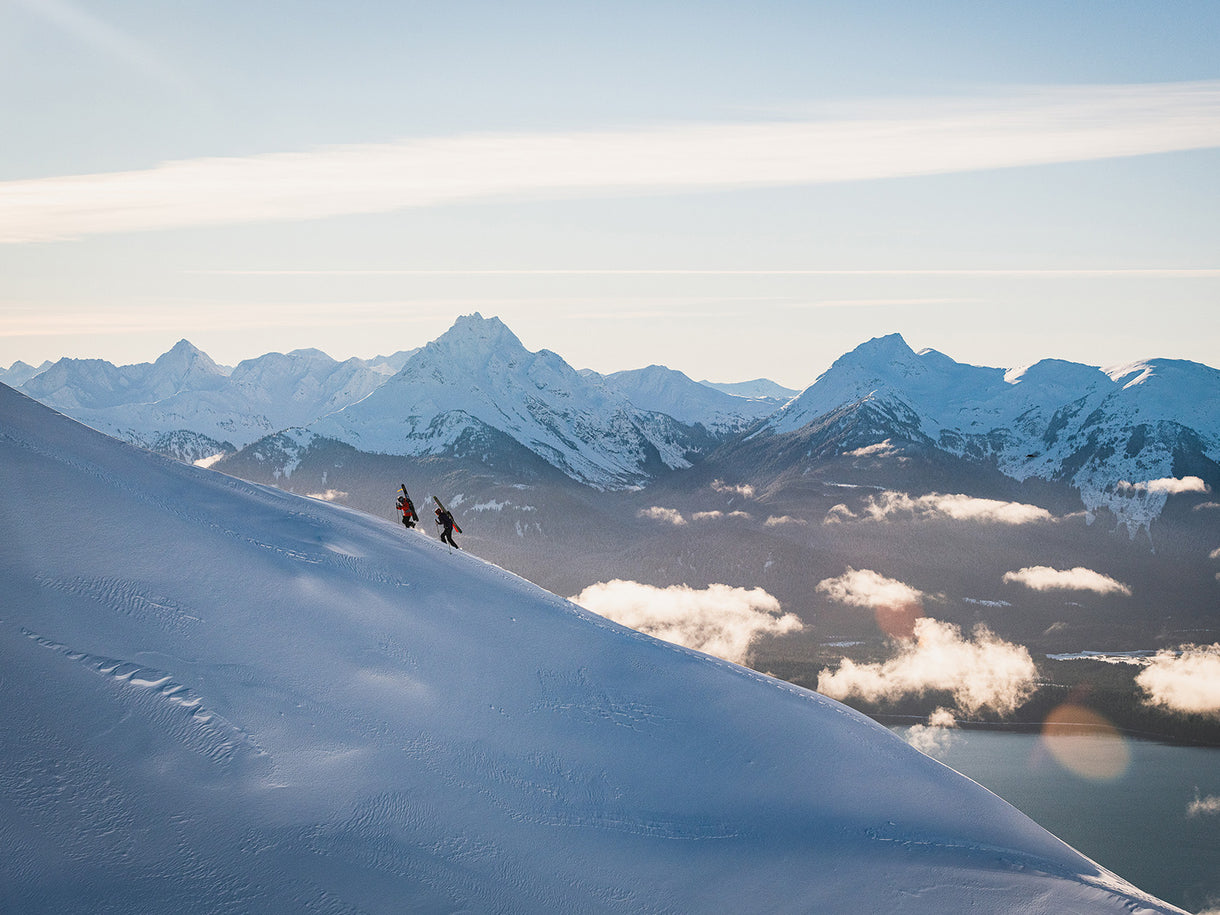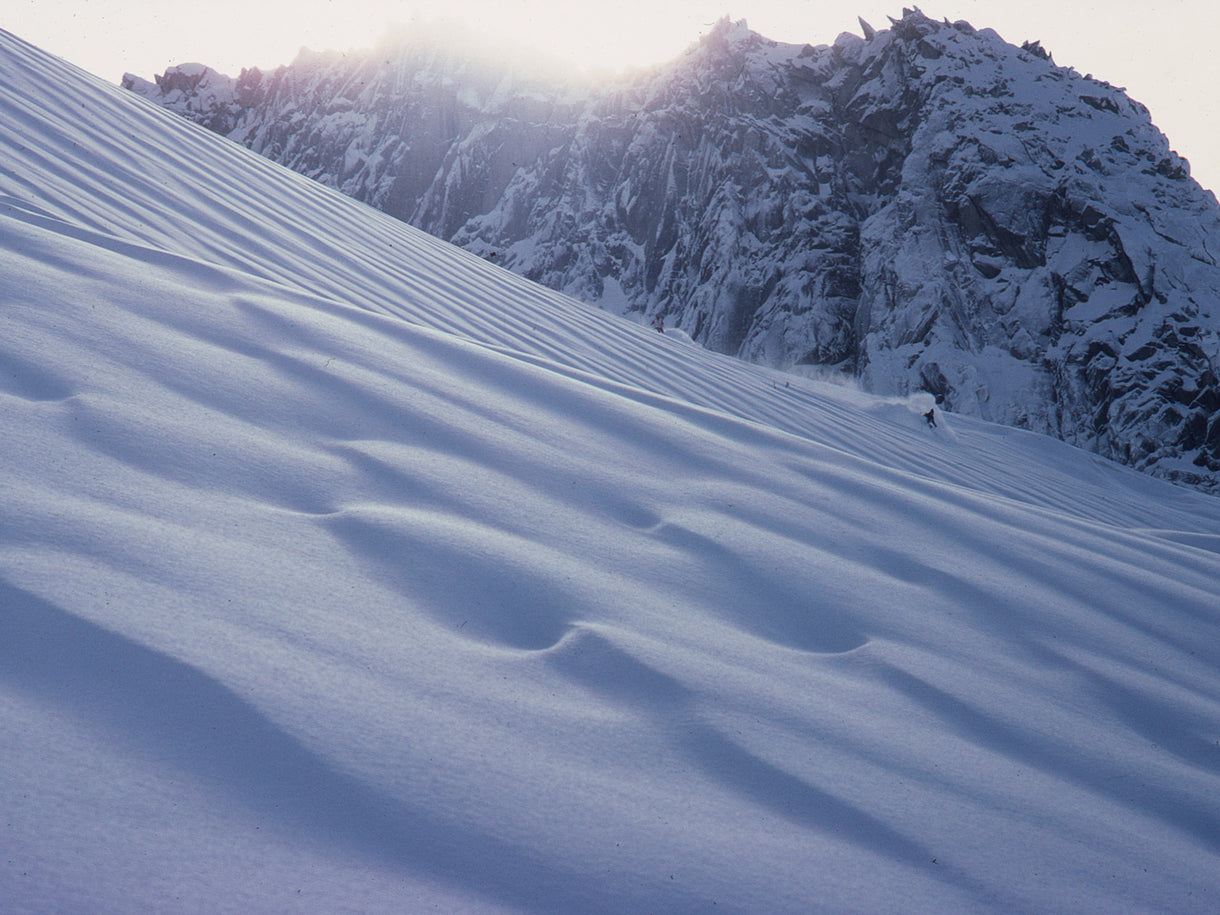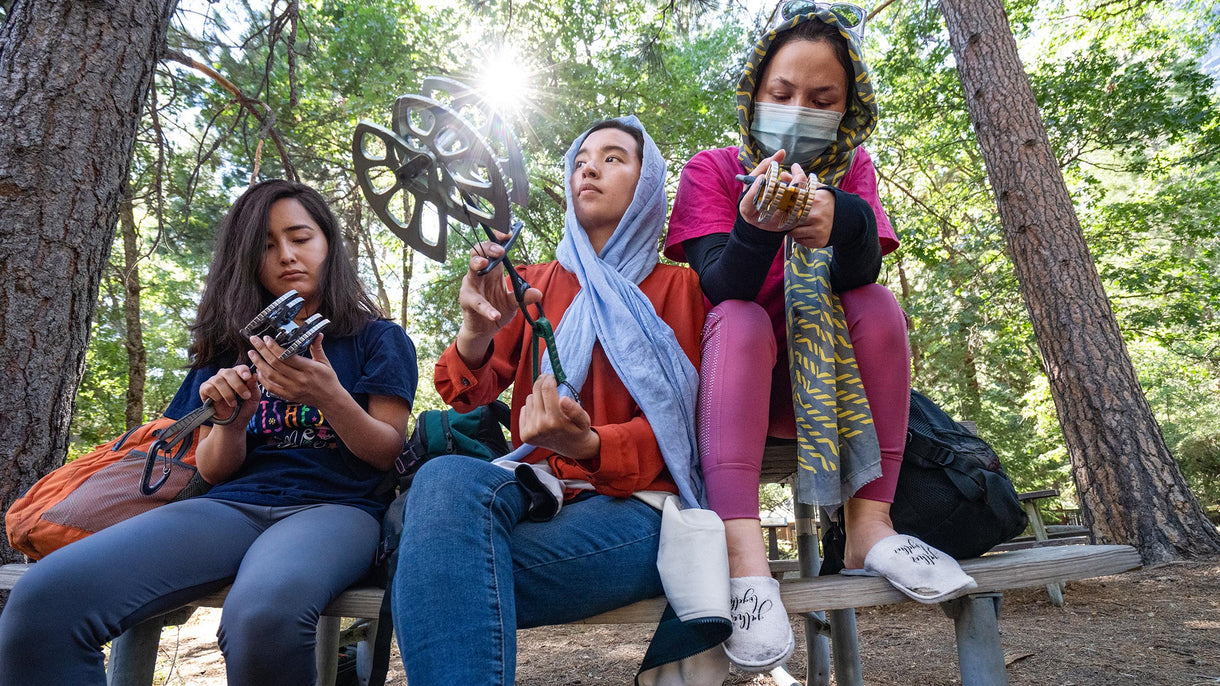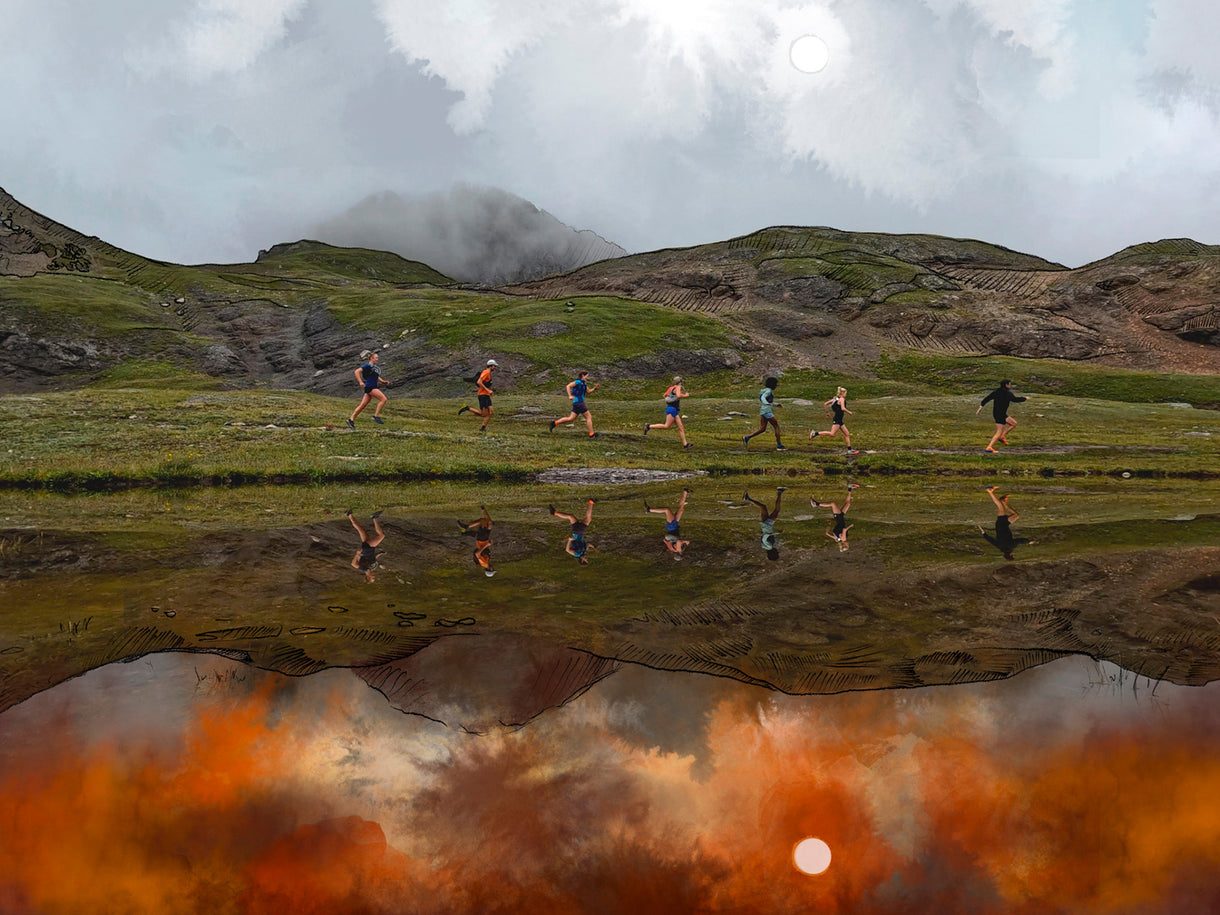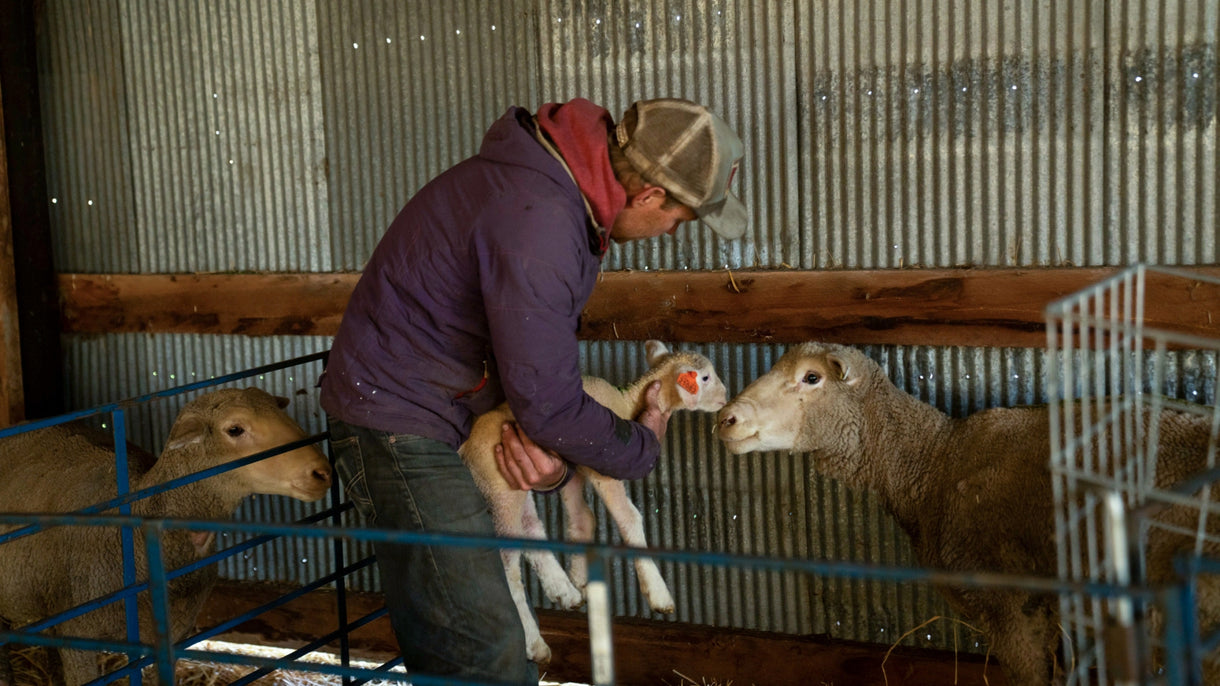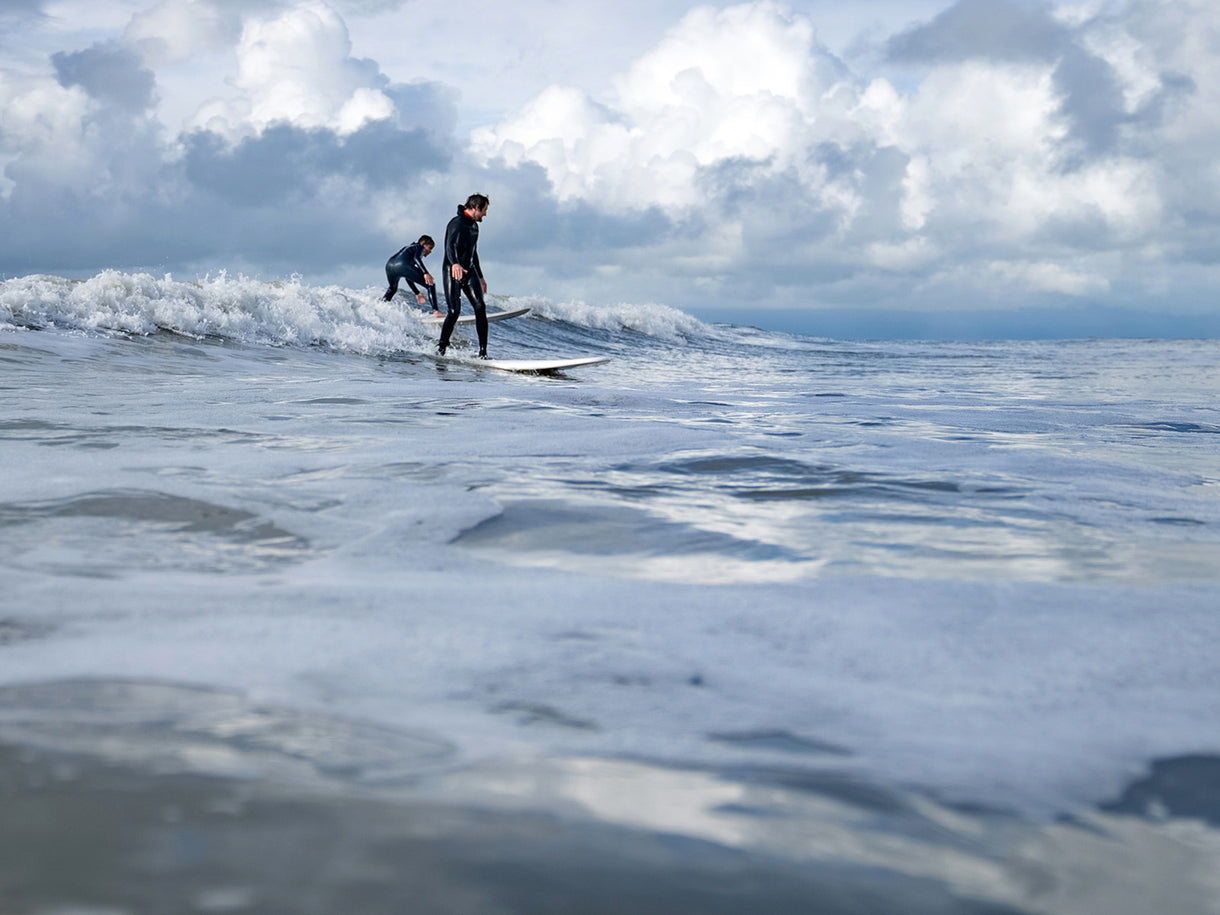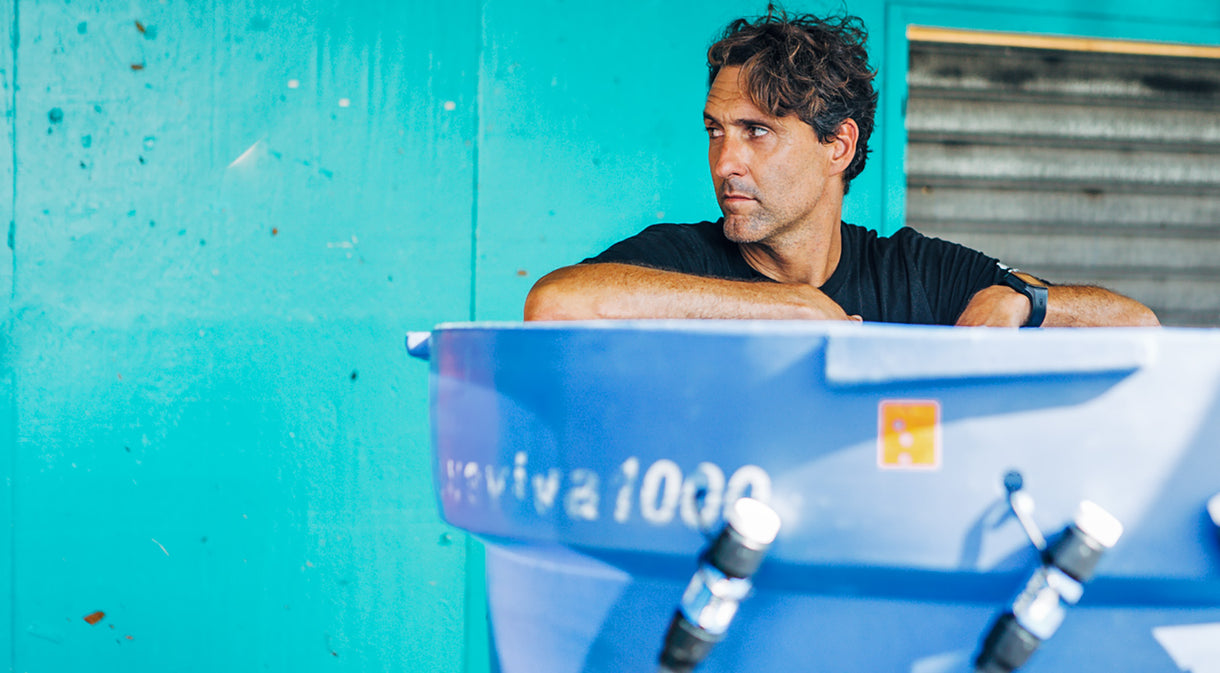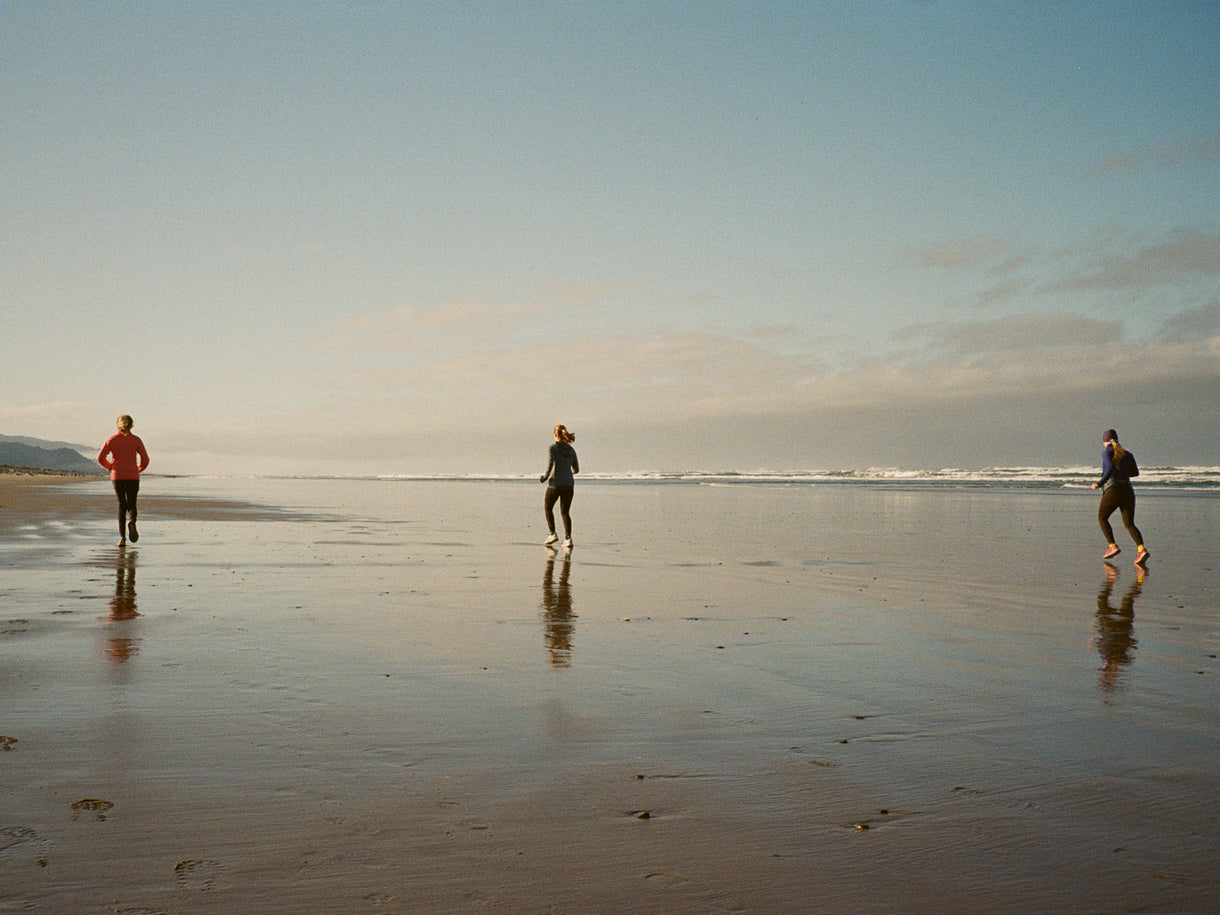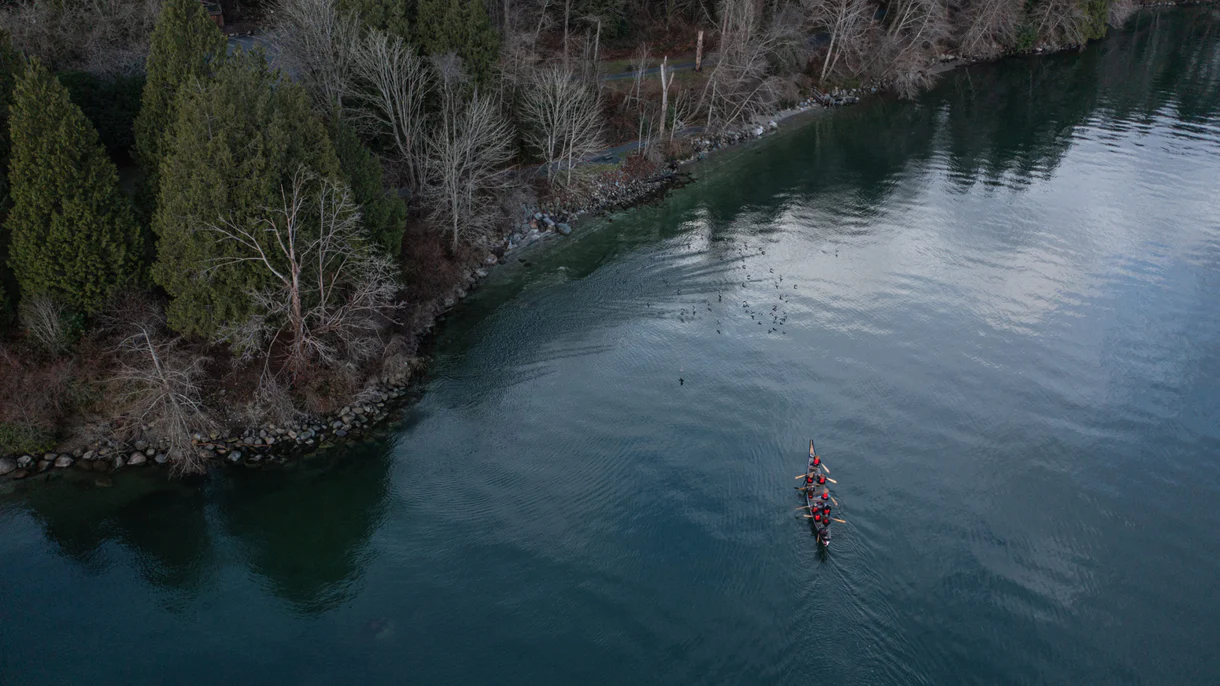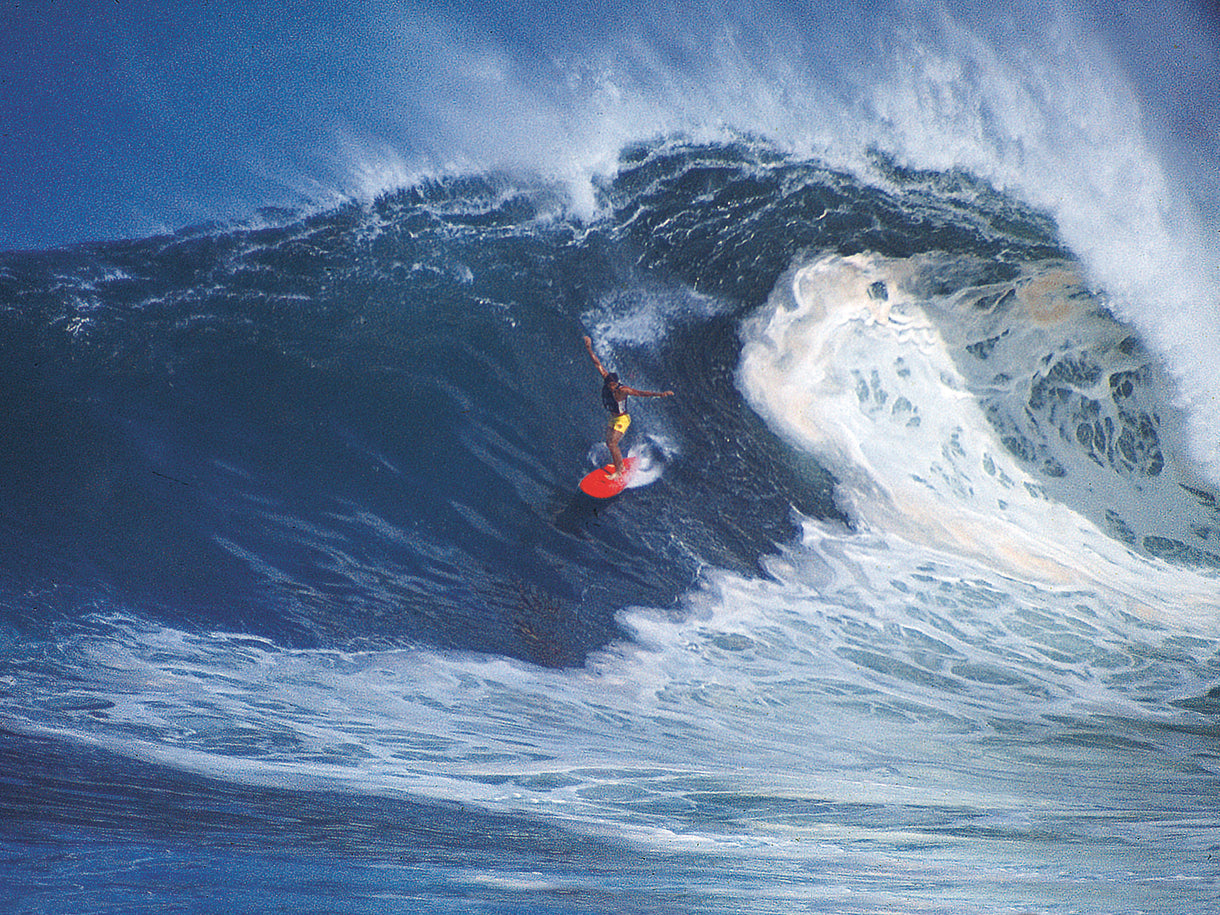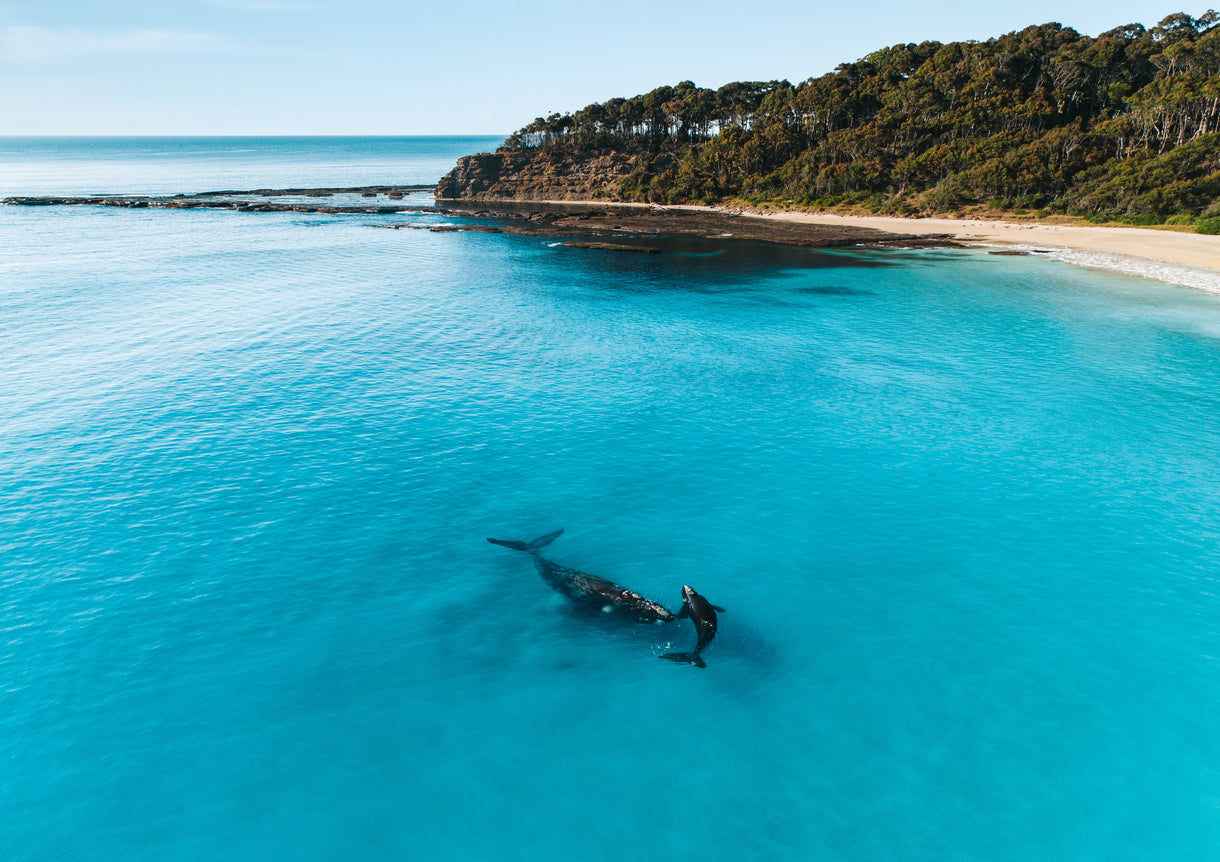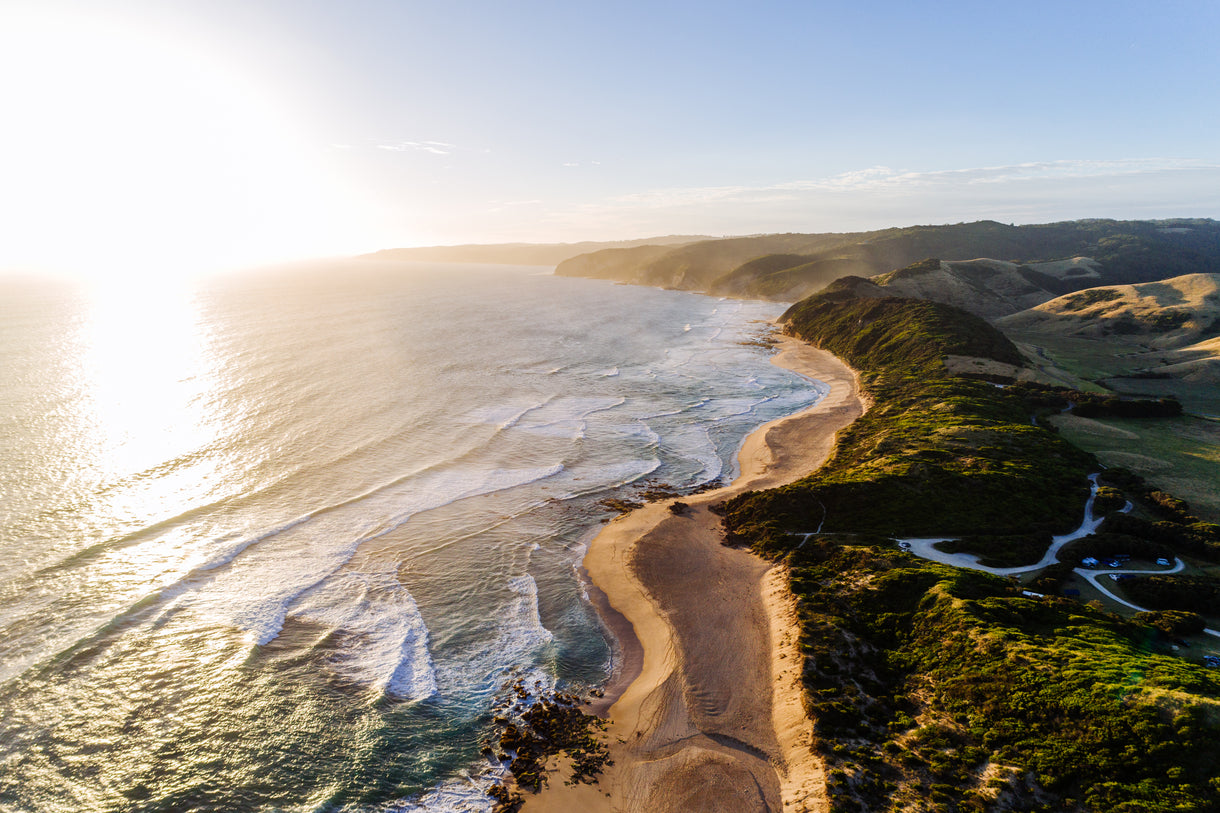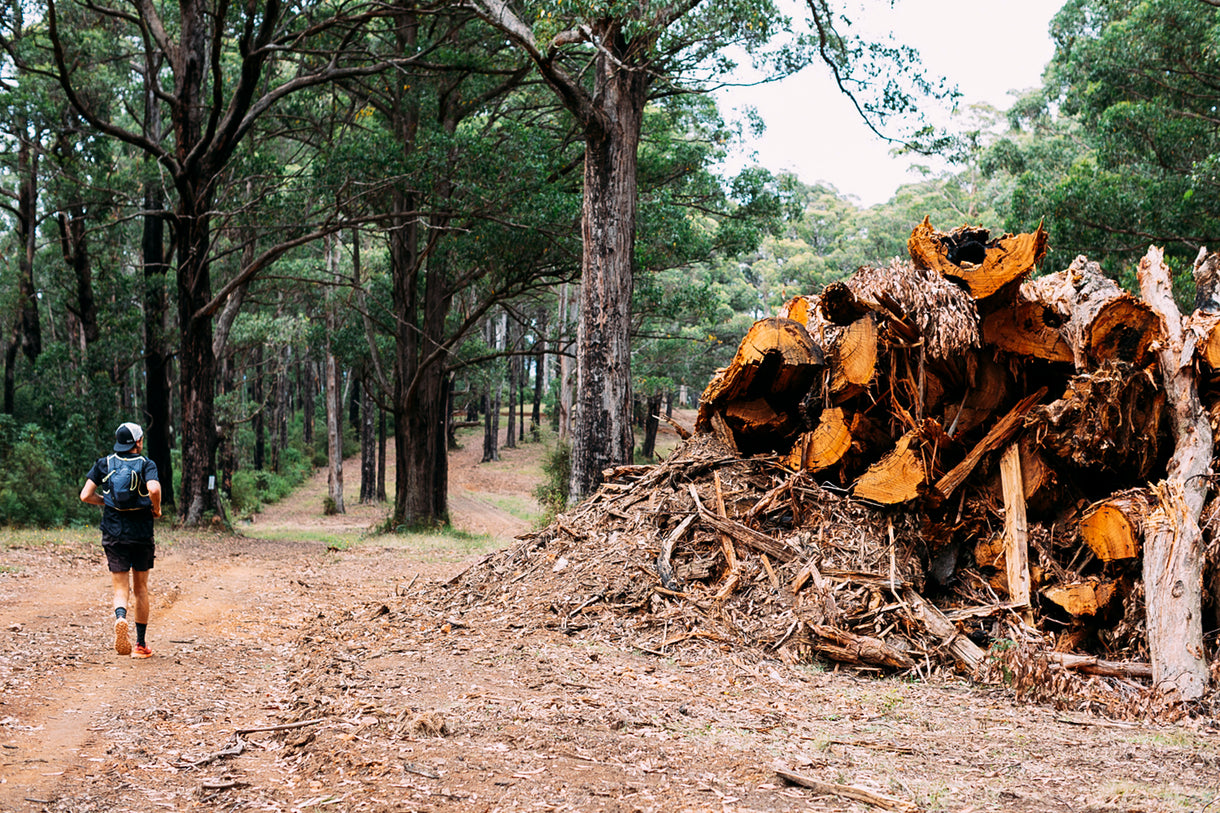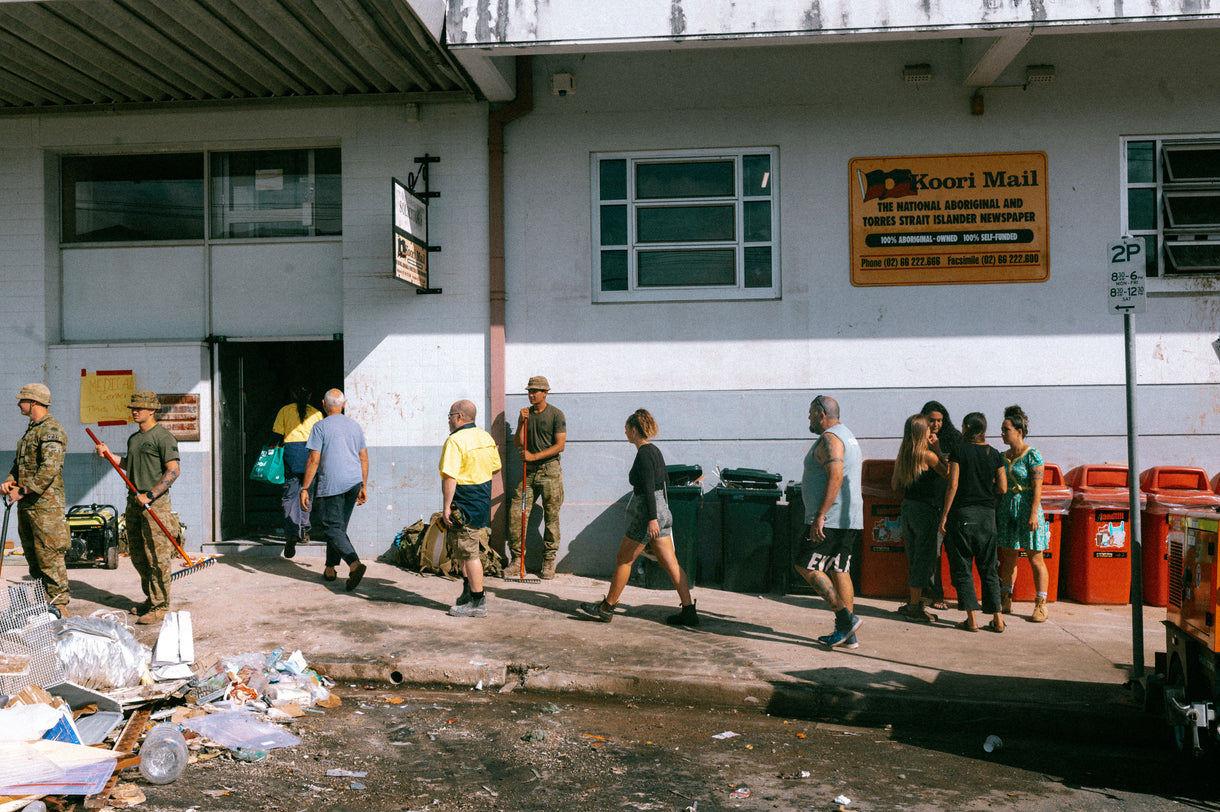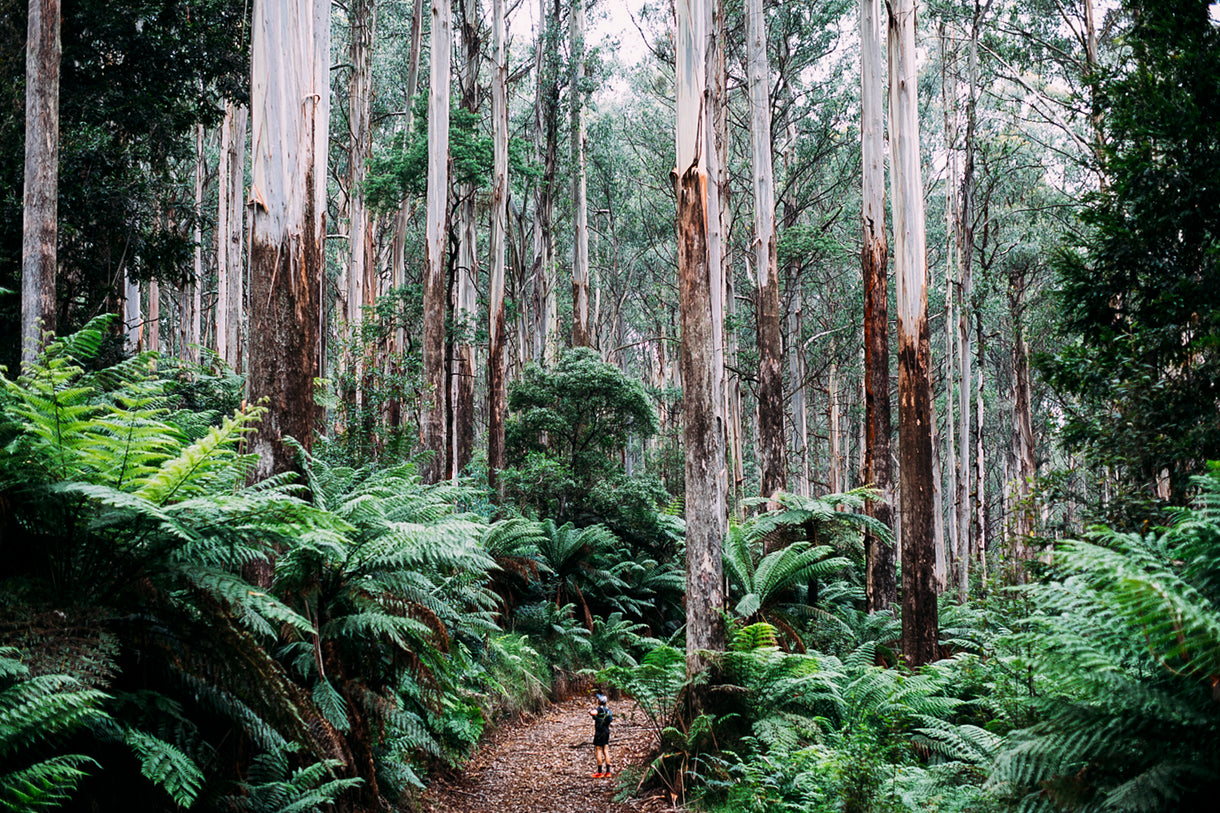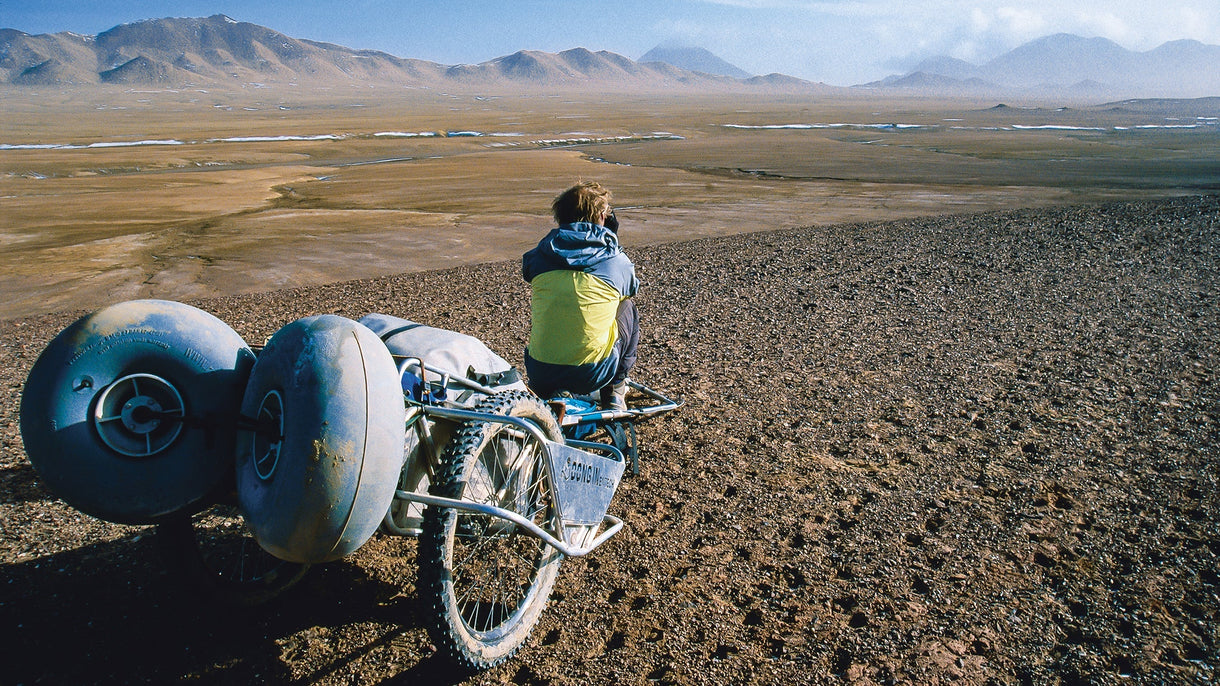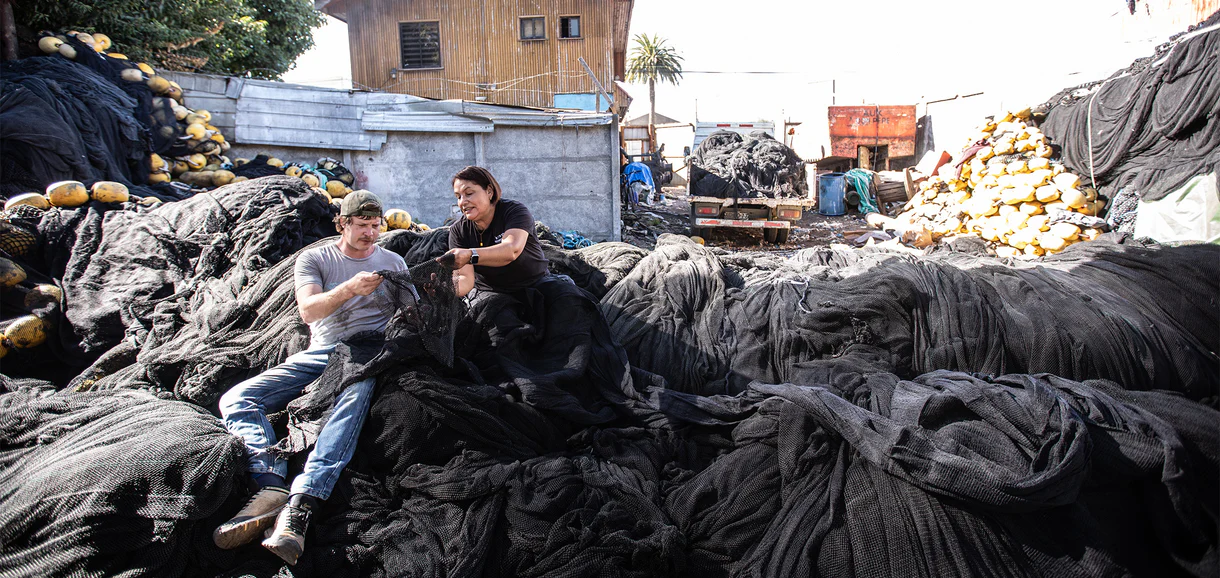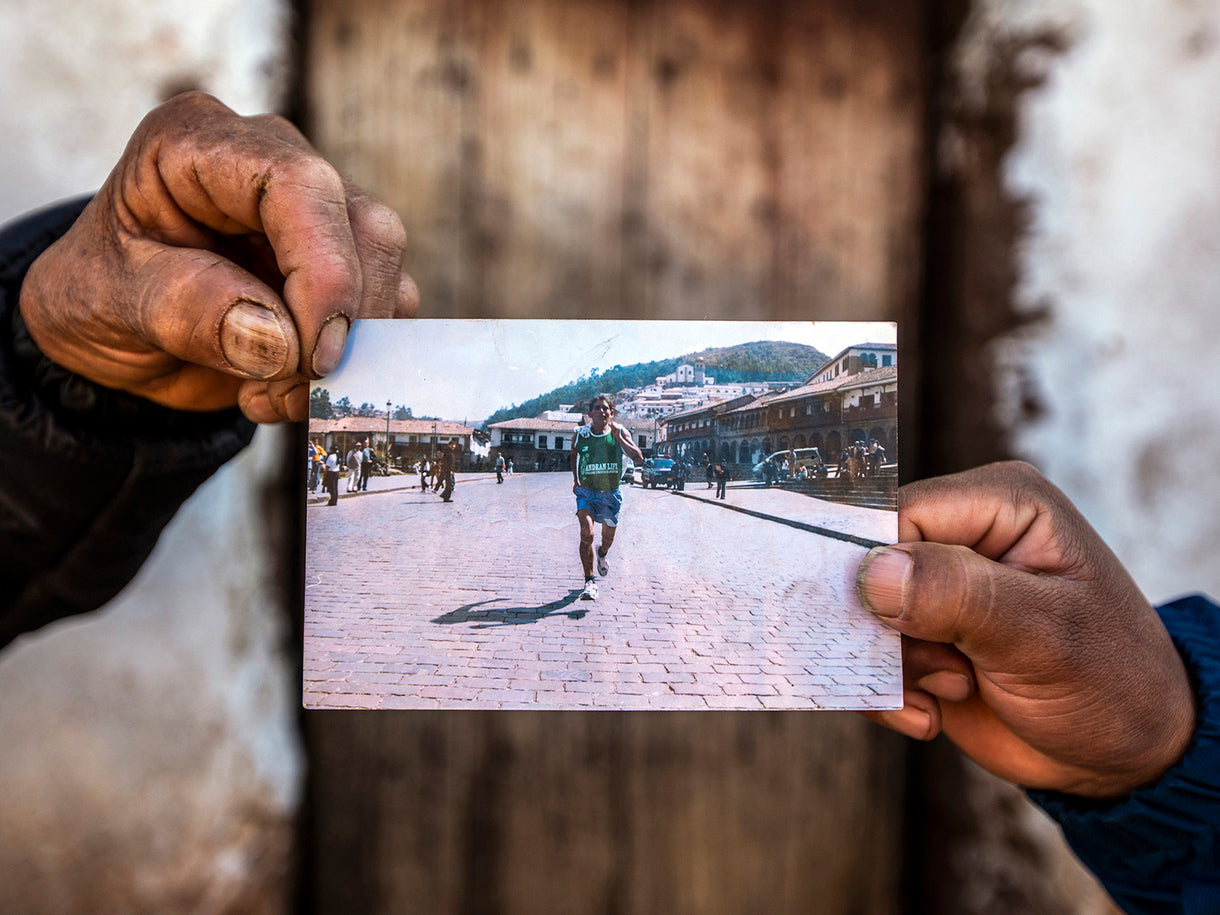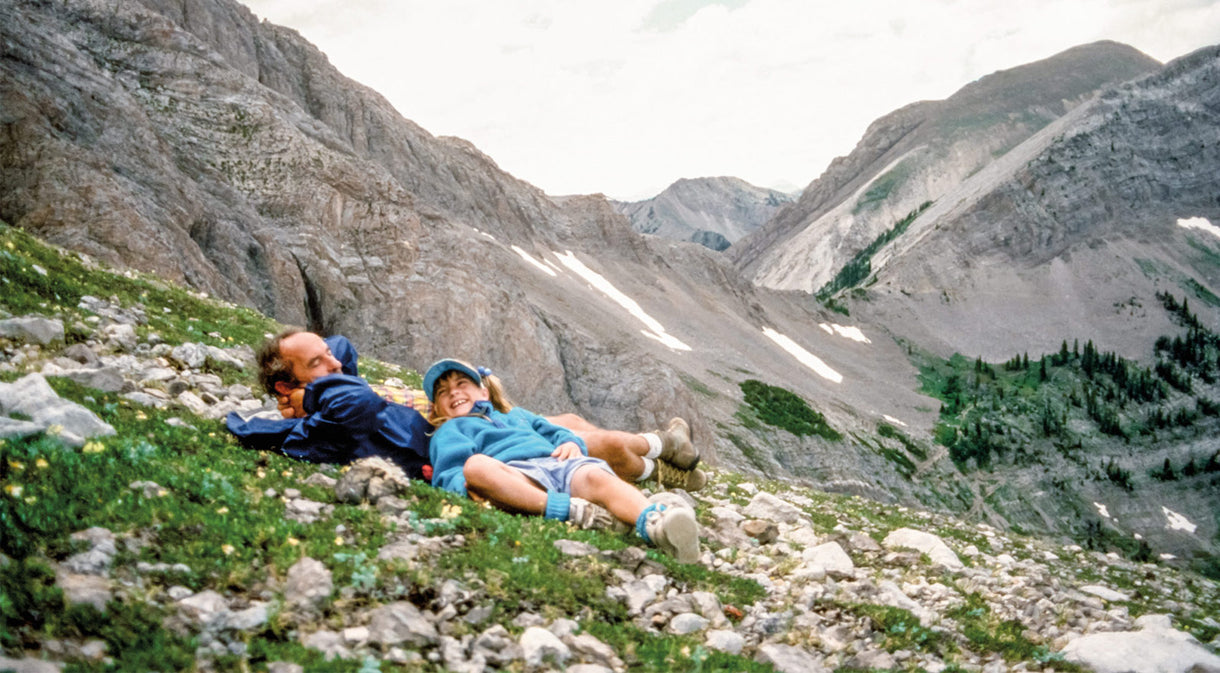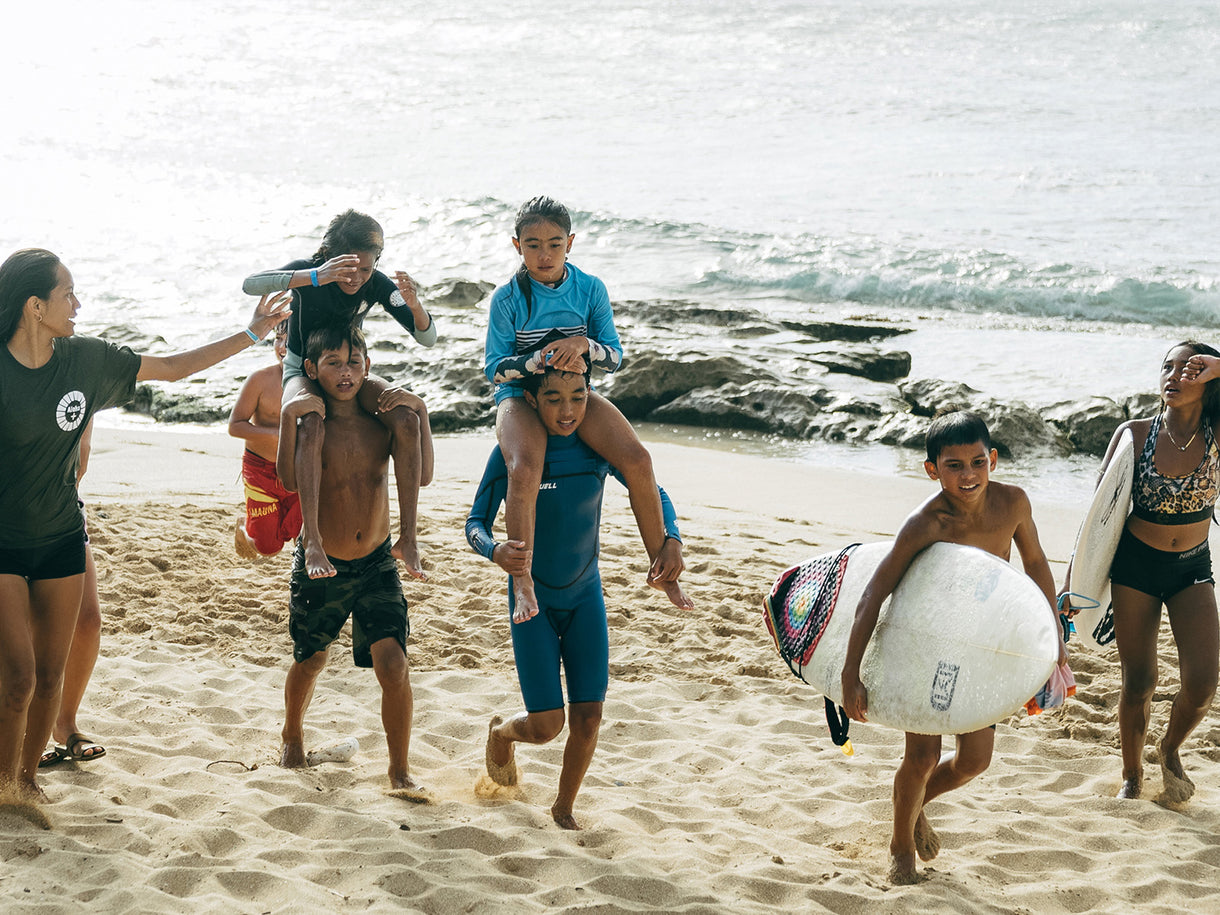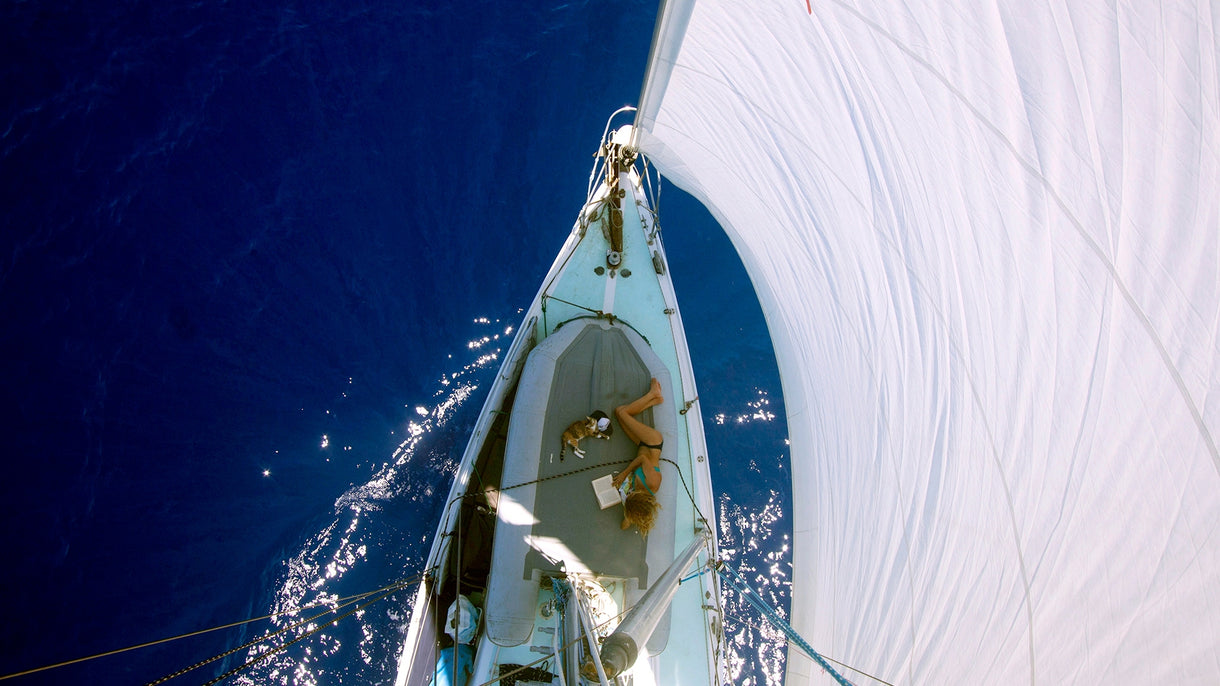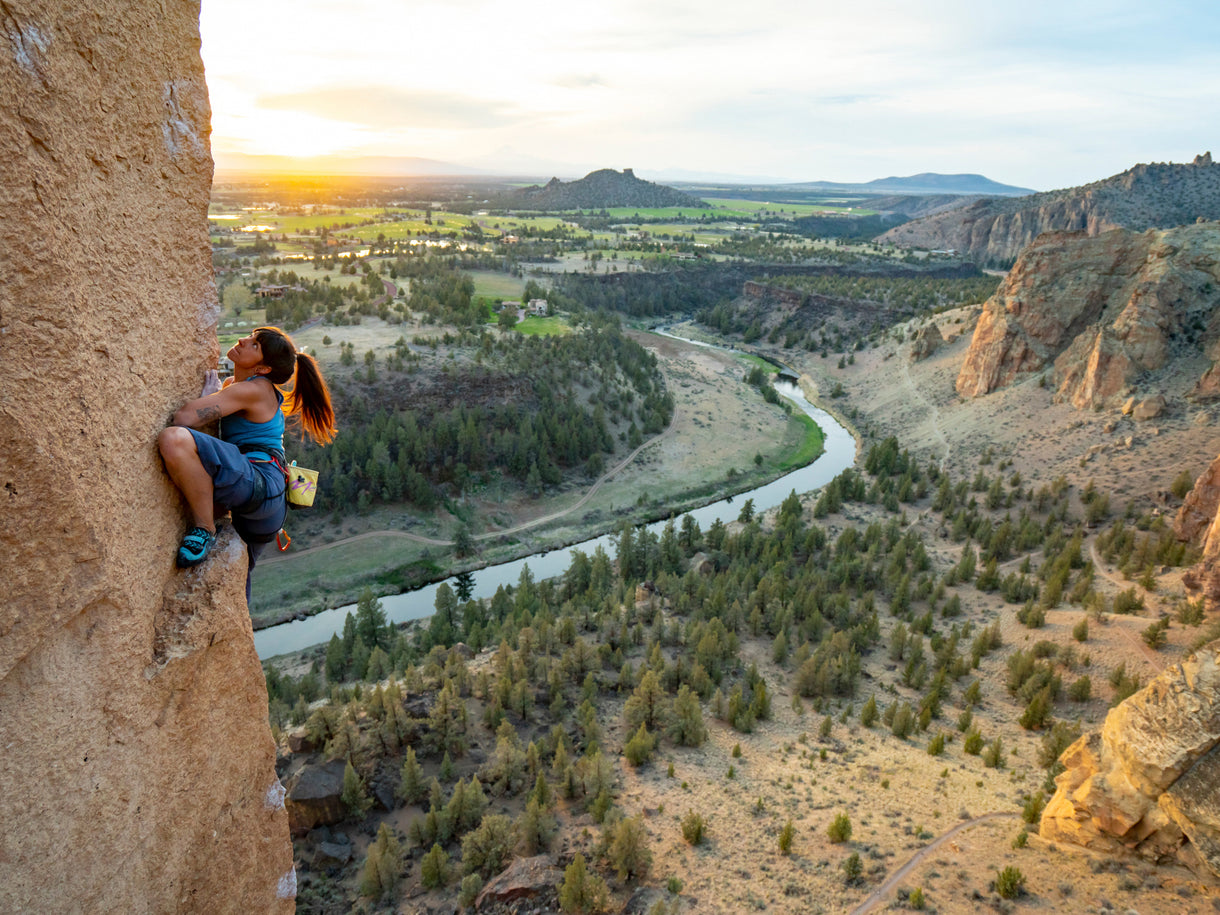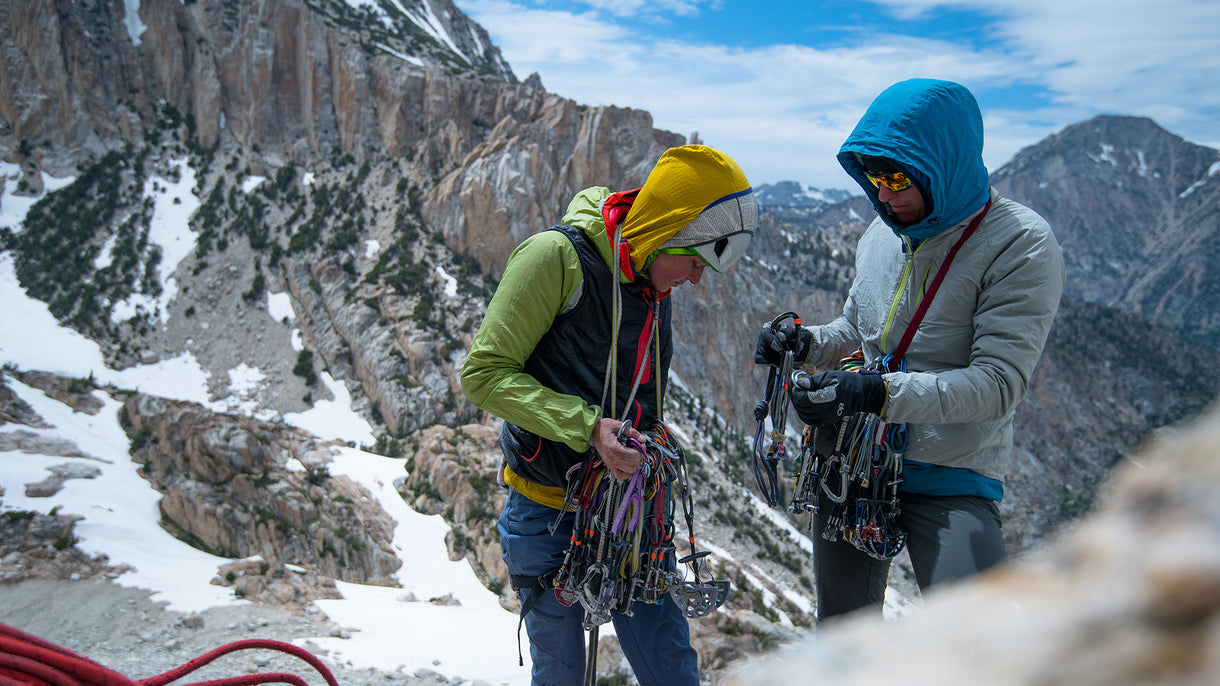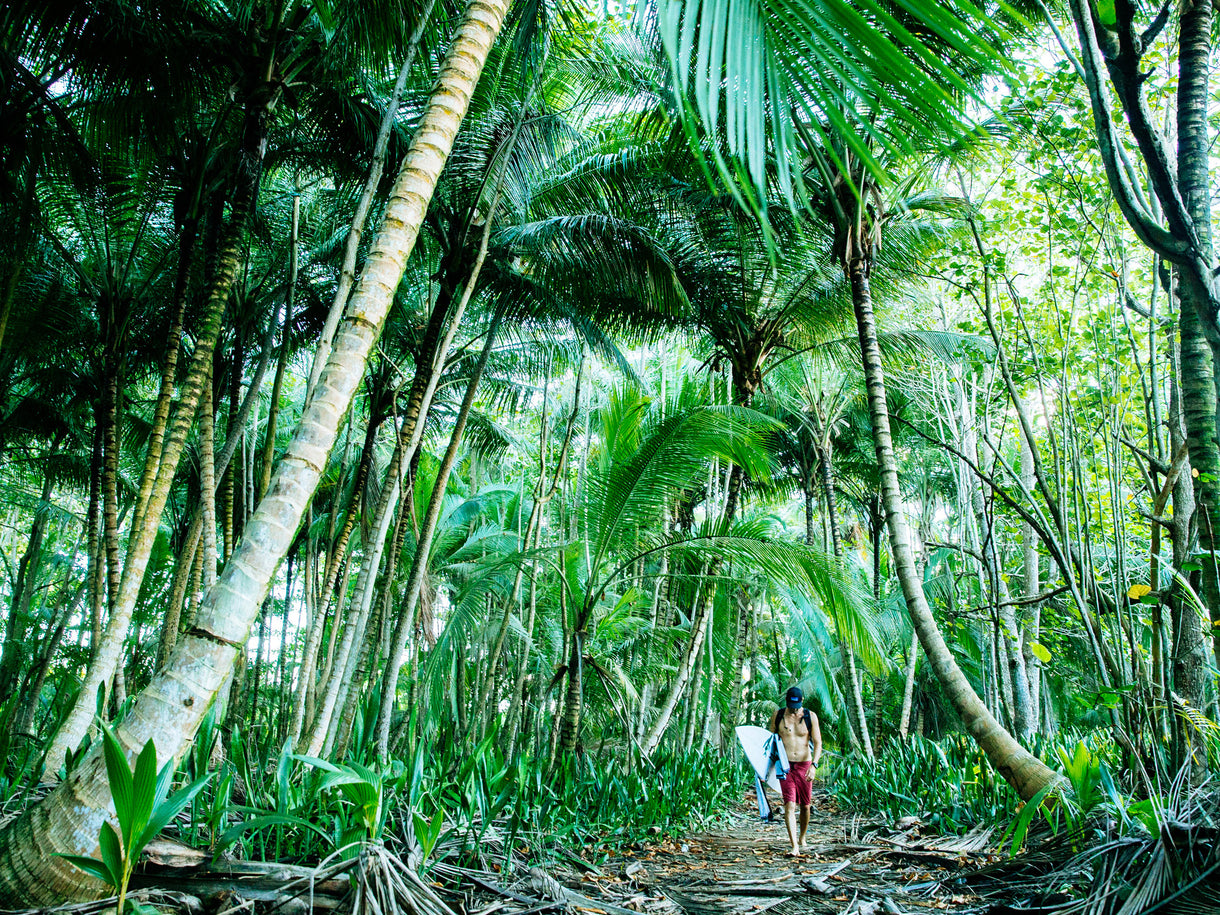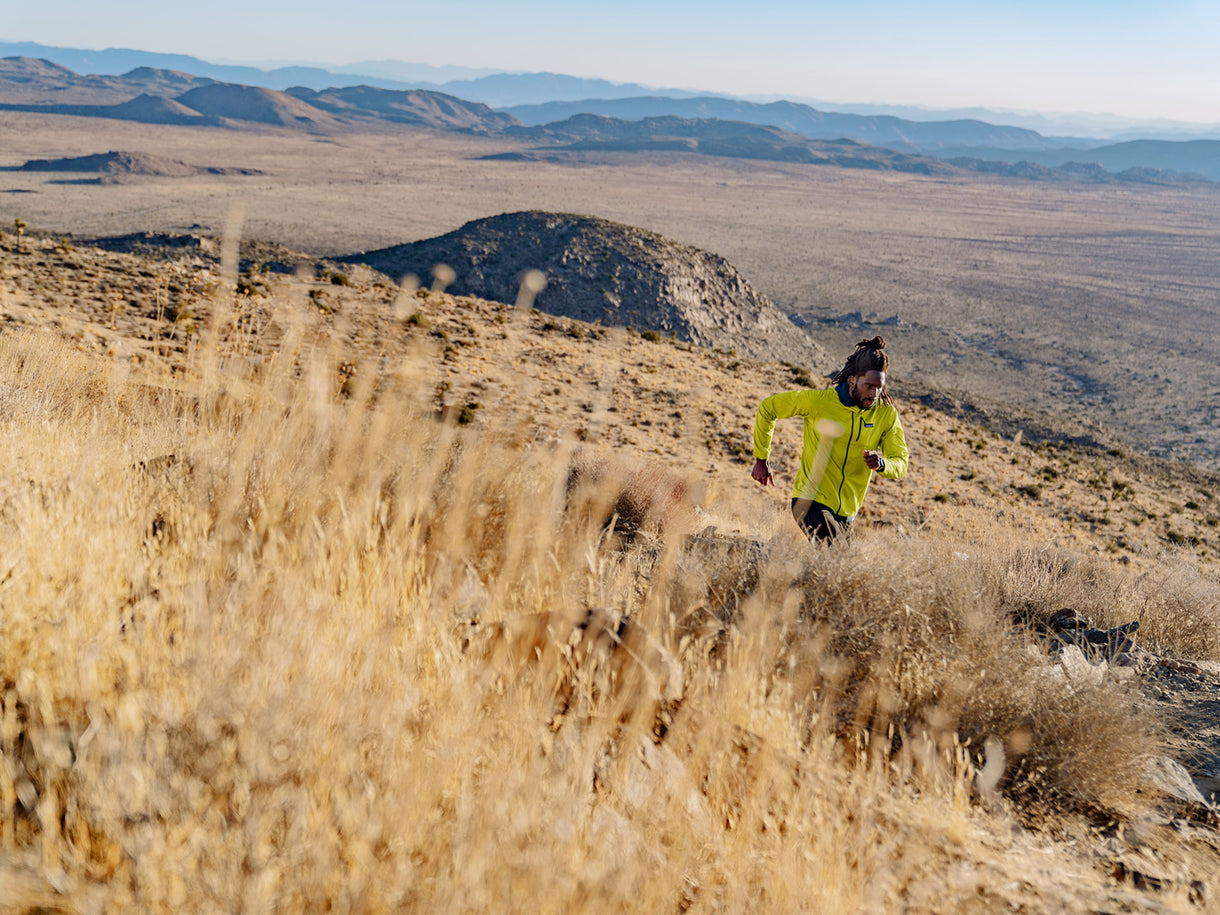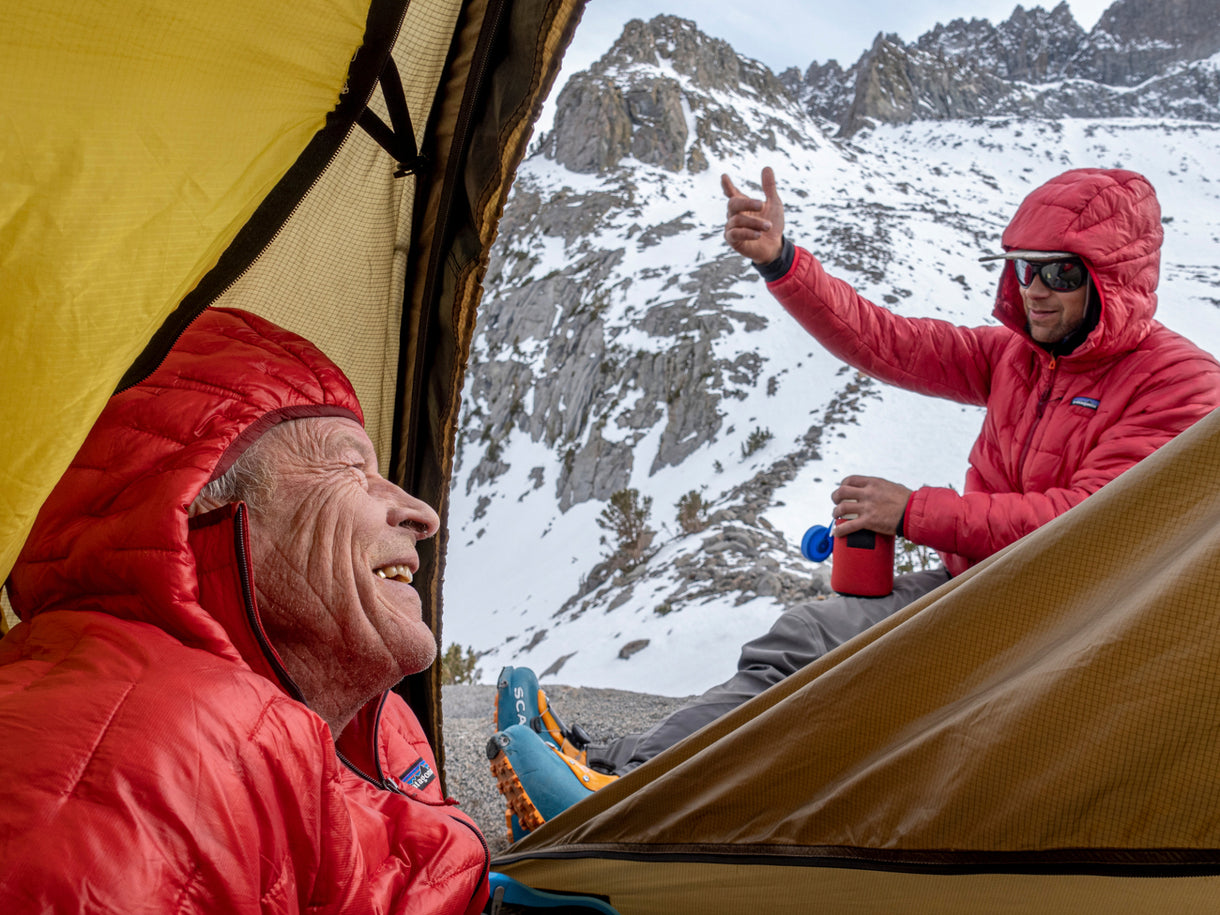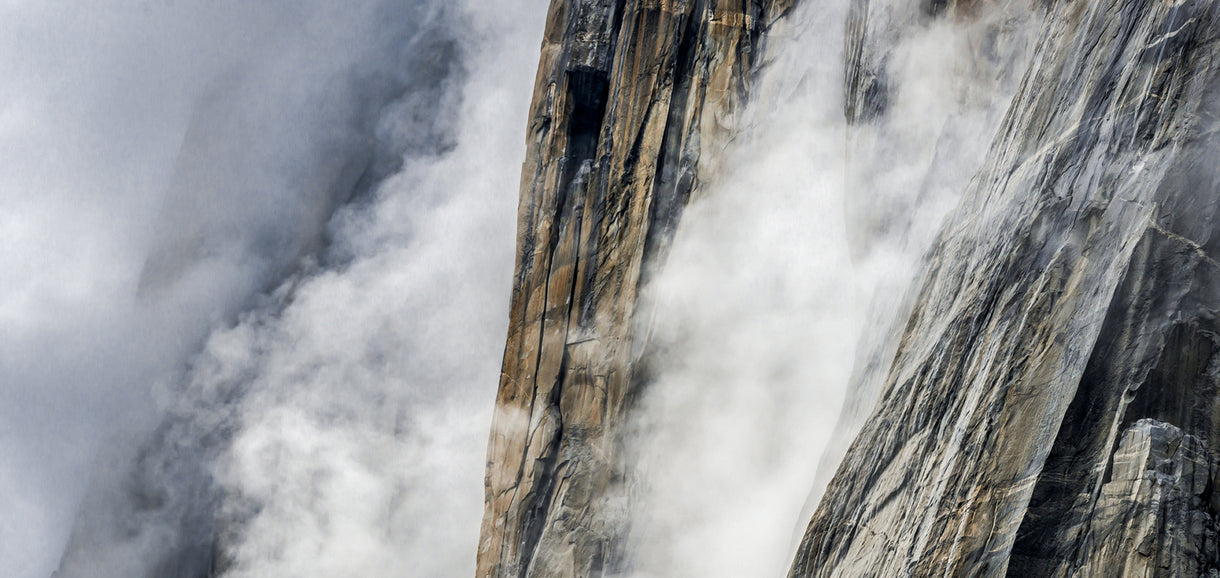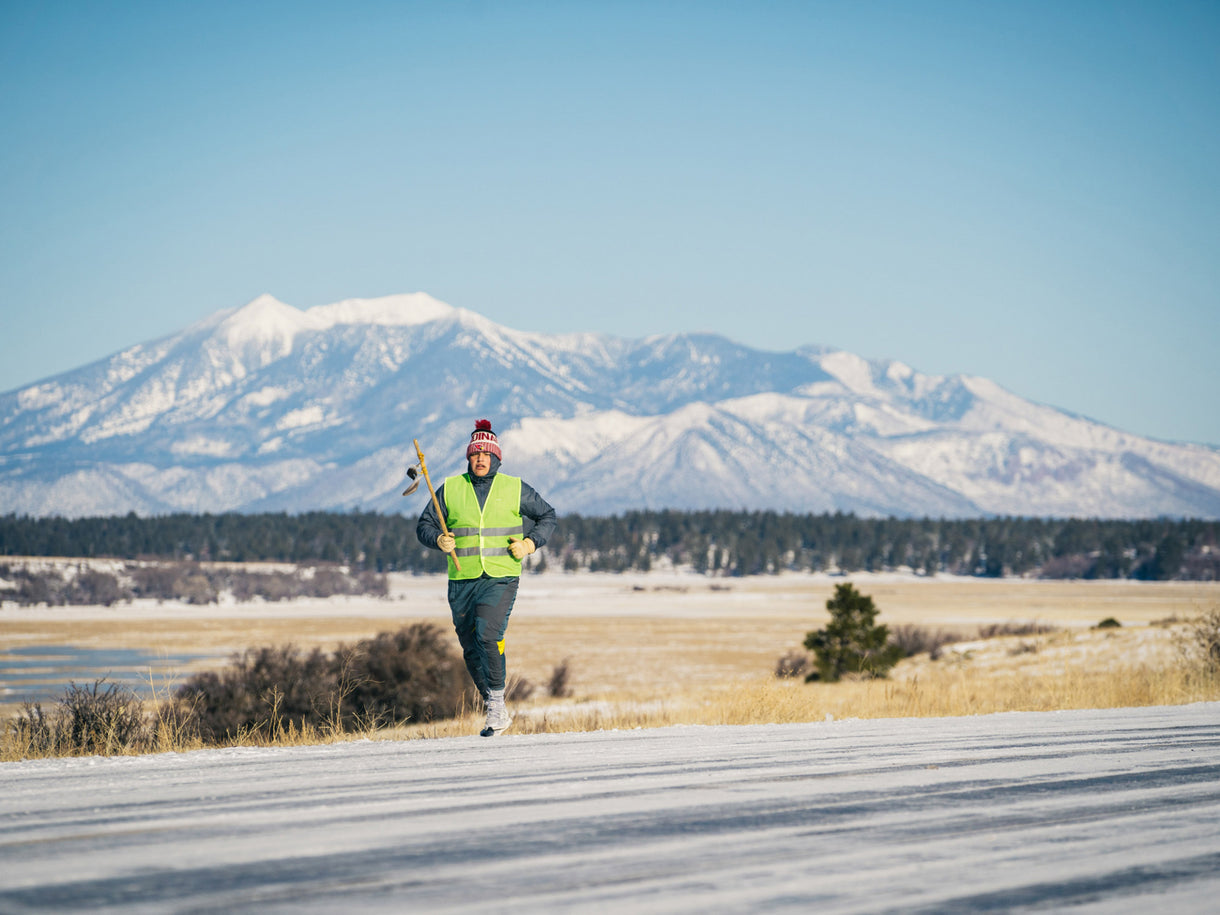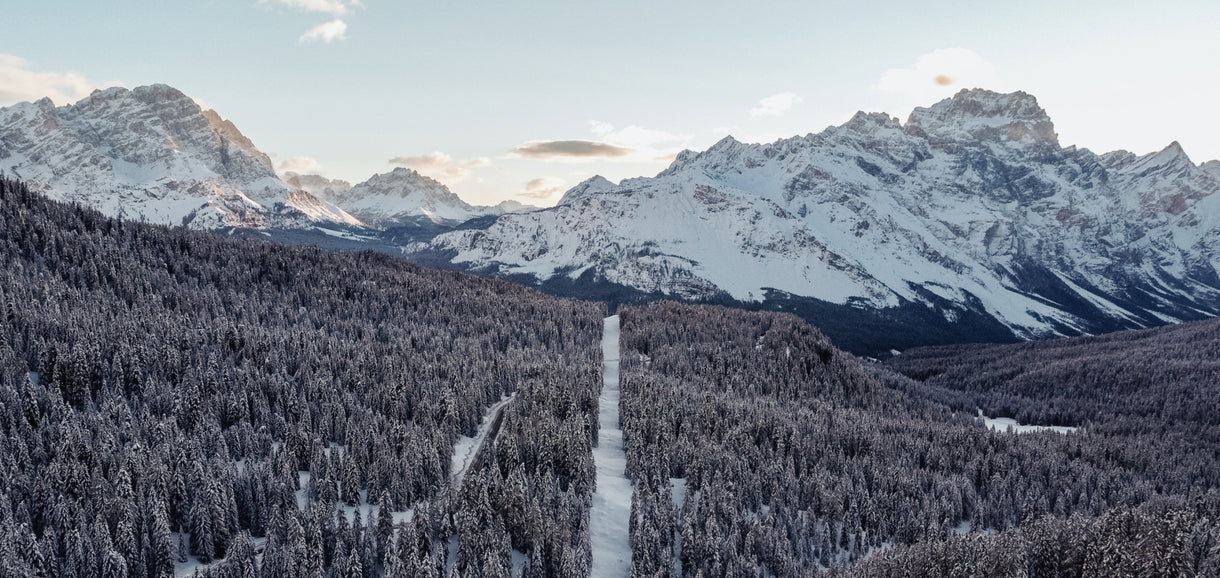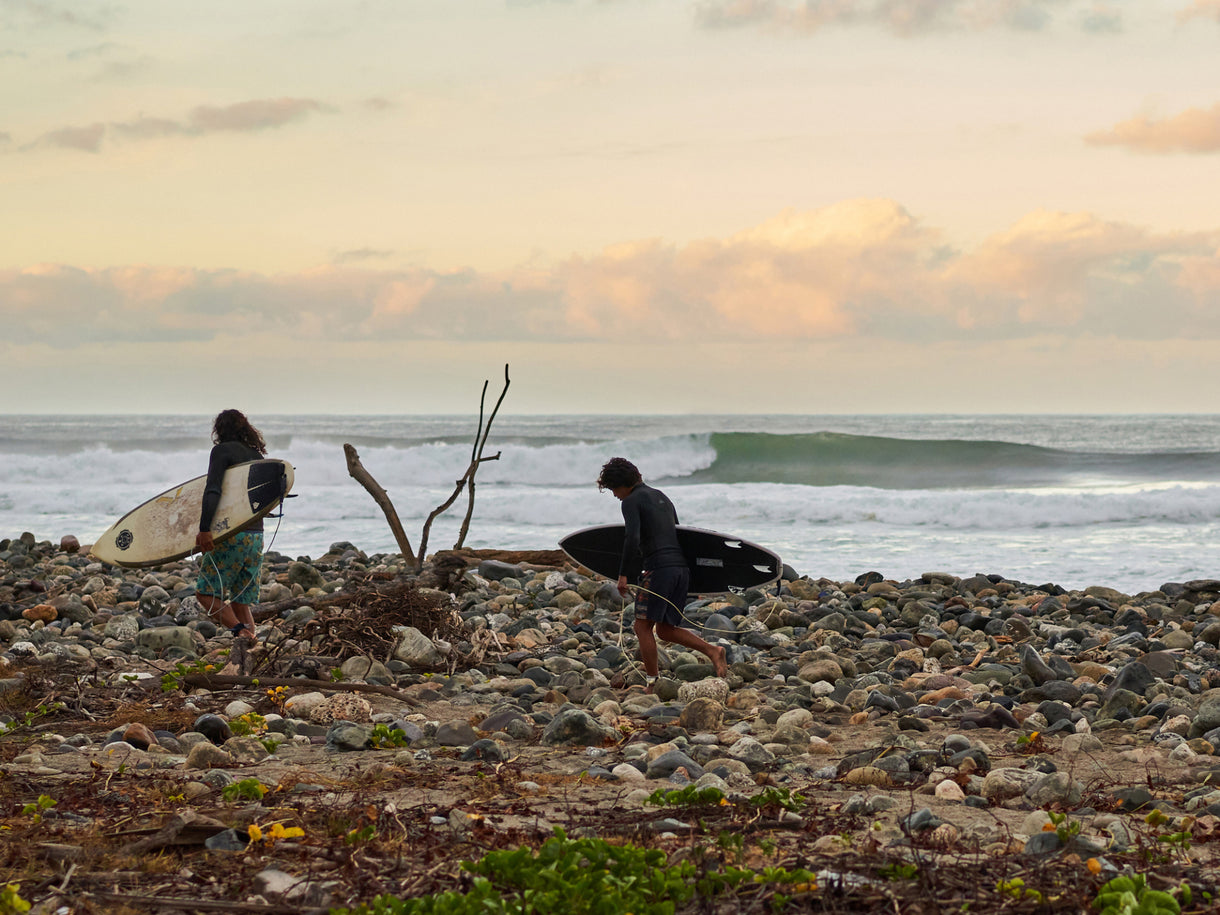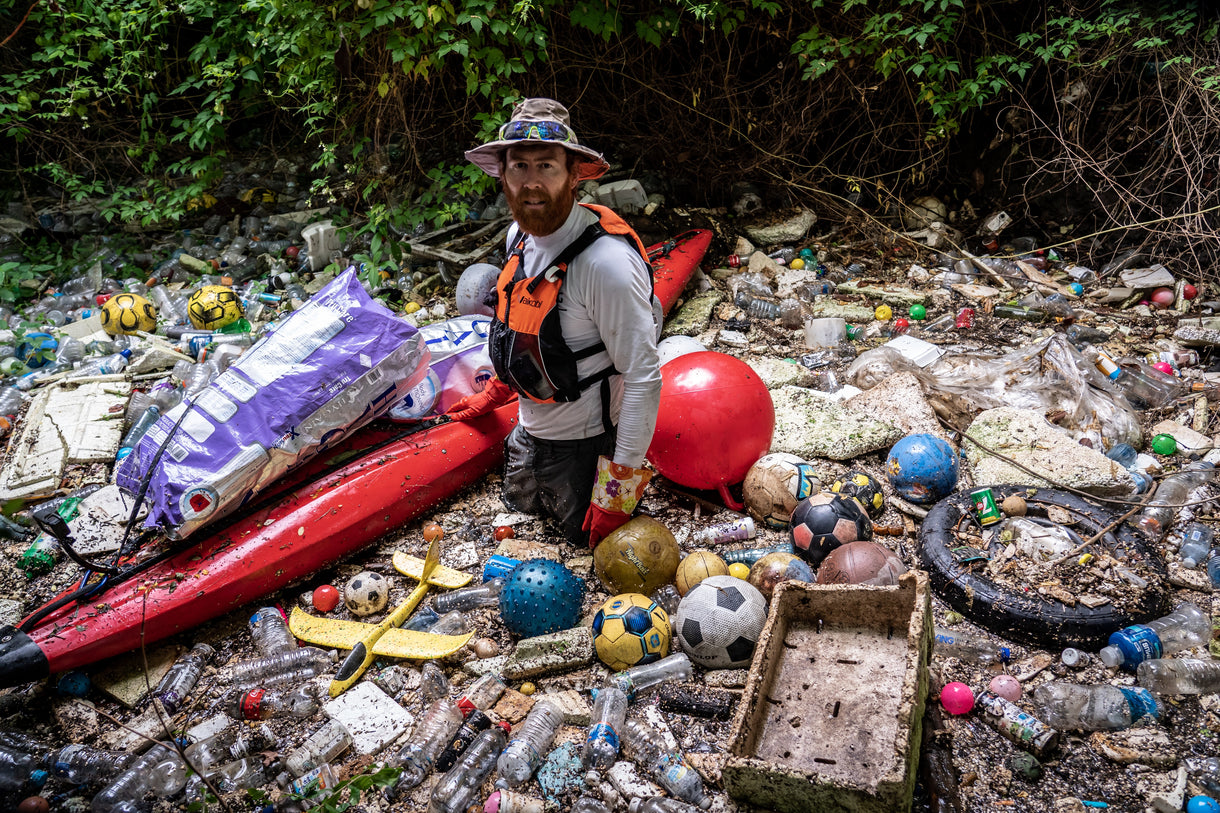Childhood friends, Hayley Talbot and Dan Ross, are determined to save a mighty river.
For such a dry country, there’s an astonishing amount of fresh water on the east coast of Australia.
Fly from Sydney to the Gold Coast, peer out the window and you’ll see thousands of square kilometres of river systems and lakes languidly flowing down the Great Dividing Range toward the ocean. Each river and lake has its own unique ecosystem; they’re fertile homes for thousands of species of animals and plants that play an essential role in the well-being of their regions. The fact these same rivers are responsible for shifting sand around and making the East Coast’s surf world-class is just a bonus.
You’d be forgiven for thinking these bodies of water stretching the length of New South Wales would be national treasures, protected by law. But that’s not where we’re at in Australia currently, and like many resources around the world our rivers are being sold to the highest bidder from under the noses of the communities who live along their banks.
 Dan hooks into an attractive wedge, thanks to the sandbar created by the Clarence River. Photo: Duncan Macfarlane
Dan hooks into an attractive wedge, thanks to the sandbar created by the Clarence River. Photo: Duncan Macfarlane
Concerned locals up and down the coast, like Hayley Talbot and Dan Ross, have decided that grassroots community activism is still the most effective way to hold irresponsible governing bodies accountable.
Hayley Talbot and Dan Ross are childhood friends who grew up in Yamba, a fishing and surfing town on New South Wales’ north coast. The Clarence River—Biirrinba in Yaygirr—flows into the sea at Yamba. The river’s significance is both geographical and cultural. The Clarence is the largest river on the eastern seaboard and runs through the lands of three Indigenous nations: the Bundjalung, Gumbaynggirr and Yaegl. It’s the major food bowl on the north coast of New South Wales. Everyone in Yamba and the surrounding region relies on the Clarence in some respect.
Dan’s been a professional surfer in some capacity since his teens—his current role with Patagonia is a fair departure from his earlier years chasing world-tour points, but surfing is still in the job description. Hayley explored a law career in the city before having a family, moving back to Yamba and refocusing her talents on the myriad of environmental issues threatening her hometown, including the 18 active exploratory mining licenses adjacent to it. The fate of the Clarence is the focus of Hayley and Dan’s upcoming film River Tree.
 Hayley takes a moment of reprieve beneath the full moon’s pink hue. Photo: Al Mackinnon
Hayley takes a moment of reprieve beneath the full moon’s pink hue. Photo: Al Mackinnon
I met Dan and Hayley for coffee in Yamba at the tail end of summer. Despite the lack of school-holiday crowds and sunshine, the town was buzzing. Between clinks of teaspoons on china, Hayley described how three years earlier, while searching for clarity and reconnection with her birthplace, she’d decided to paddle the Clarence River, solo. “The river has a mystical power when you take the time to listen to it,” she offers. It was a life-affirming journey that forged a strong bond between Hayley and the river that feeds her hometown. When she found out about the mining licenses granted for the upper reaches of the Clarence, Hayley picked up the phone and called Dan.
 Unfortunately, it’s naive to think that the sheer beauty, nourishment and life that is the Clarence River would be enough to protect it from greed-driven entities. Photo: Thunderbox Films
Unfortunately, it’s naive to think that the sheer beauty, nourishment and life that is the Clarence River would be enough to protect it from greed-driven entities. Photo: Thunderbox Films
Hayley and Dan set out to protect the Clarence from the potentially disastrous runoff caused by copper mining. “Historically, copper mines in Australia have a bad track record,” says Dan. “Whether they’re in Tasmania or the ones up north in Queensland, the rivers are copper-coloured. You can see it on Google Maps when you zoom in. They’re dead rivers now.”
While exploring the local surroundings, I surfed, sharing peaky blue wedges with the local dolphins, before grabbing lunch from the local fisherman’s co-op (fish of the day, mulloway). It seems astonishing that anyone in the area would consider anything that might damage the state of the Clarence—the whole region revolves around it. Gaze out from the banks at any point and you’ll see commercial and recreational fishermen, paddlers and sailors, not to mention the flora, fauna and general beauty of the place.
Hayley and Dan admit they initially brought some naiveté to their initiative. The mining issue is complex and starts with wading through disorientating legal and political waters, which are murkier than the Clarence after a month of rain. “We’re learning so much as we go,” admits Hayley. “We came to this as two childhood friends with an elementary understanding of the way the political side operates. But water is life. It’s the most precious resource, and we’ve got to align to that goal no matter what perspectives come into it.” Hayley and Dan’s perspective is straightforward. Don’t risk ruining something for a buck.
Not everyone with a stake in the Clarence sees it that way. “It was a real curtain come-down moment when we met with one of the mayors upriver,” recalls Hayley. “We often accuse our politicians of being shortsighted, but the thing that was so frightening about that meeting was when we realised this guy’s planning for 30 years down the track … and not to sustain the population, but for agricultural and economic expansion.”
 The place where the river meets the sea and produces the waves that shaped Dan’s surf career and led him down this new path of activism. Photo: Ted Grambeau
The place where the river meets the sea and produces the waves that shaped Dan’s surf career and led him down this new path of activism. Photo: Ted Grambeau
“We’re talking about a [water] source that travels through three separate Aboriginal nations with unique histories and stories,” Hayley says, “so, we need to approach that conversation from a perspective of deep listening and love. And we need to be very humble about our efforts knowing the deep colonial history here that not only fractured Indigenous cultures but directly caused the environmental issues we are now having to address. There are no heroes here. Activism is a privilege.”
The Northern Rivers has long been a hotbed of activism, so Dan and Hayley aren’t short for inspiration or practical advice. Dan explains, “We’re so grateful to be guided by elders like Ian Gaillard—one of the key figures in the victory at Bentley and countless other ecological battles—who have been in this space and have connections with all sorts of different people and communities around the Northern Rivers.” Hayley adds, “They’re seasoned activists who’ve chucked it all on the line.”
With the upcoming launch of their film River Tree, Hayley and Dan aim to draw attention to what’s occurring in their corner of the world, while making their campaign accessible and adaptable so that its message reaches far beyond the Clarence. “When we say that we’re speaking with the river’s best interests at heart, we acknowledge that we come from a position of privilege already and understand the complexities around that,” Hayley offers. “But it’s not a traditional green thing. At this point, it’s a really unifying thing, especially between industries that typically wouldn’t be allied. The fishing industry doesn’t want mining and most of the industries here that rely on the Clarence don’t want it. It’s something that has the power to really unify us around the goal of not having mining here.”
The Clarence Catchment Alliance, whom Dan and Hayley work closely with, collected over 10,000 signatures from people declaring they don’t want mining licenses granted. The thing facing the Alliance now is how to convert popular opinion into tangible results. It’s impossible to know whether this fight is one they can win, and whether the mining companies can be stopped, but that’s activism. It’s about the struggle and, ultimately, knowing that you had the guts to stand up for both the river and the generations ahead.
To join, follow, donate and keep up with the Clarence Catchment Alliance, head here.
To write the responsible minister who’s rejected the community’s call for the moratorium on mining in the Clarence, NSW Deputy Premier John Barilaro, head here.
Banner Image: Dan Ross and Hayley Talbot soak in the natural splendor of the very river they’re trying to protect from the consequences of mining. New South Wales, Australia. Photo: Thunderbox Films
____________________________________________________________________
Author Profile

